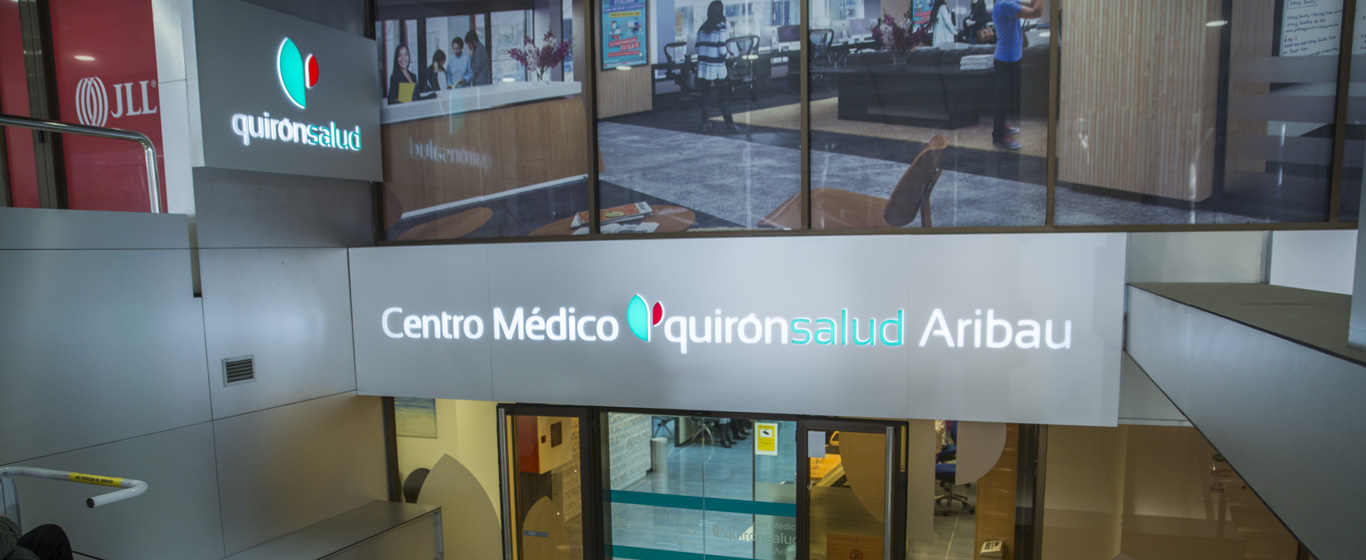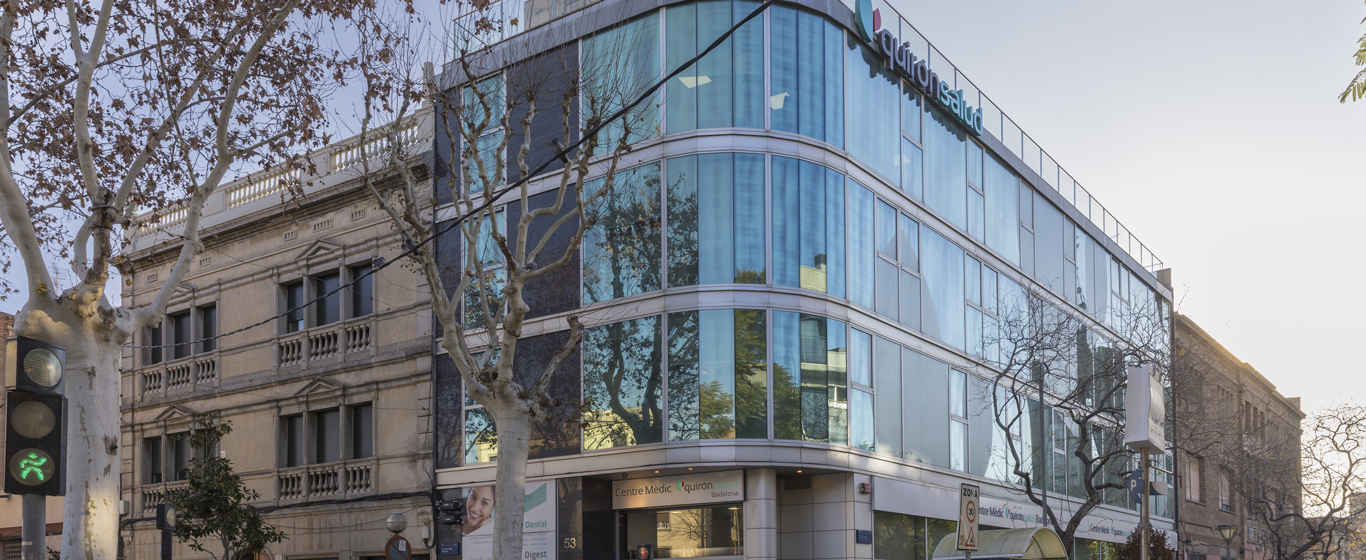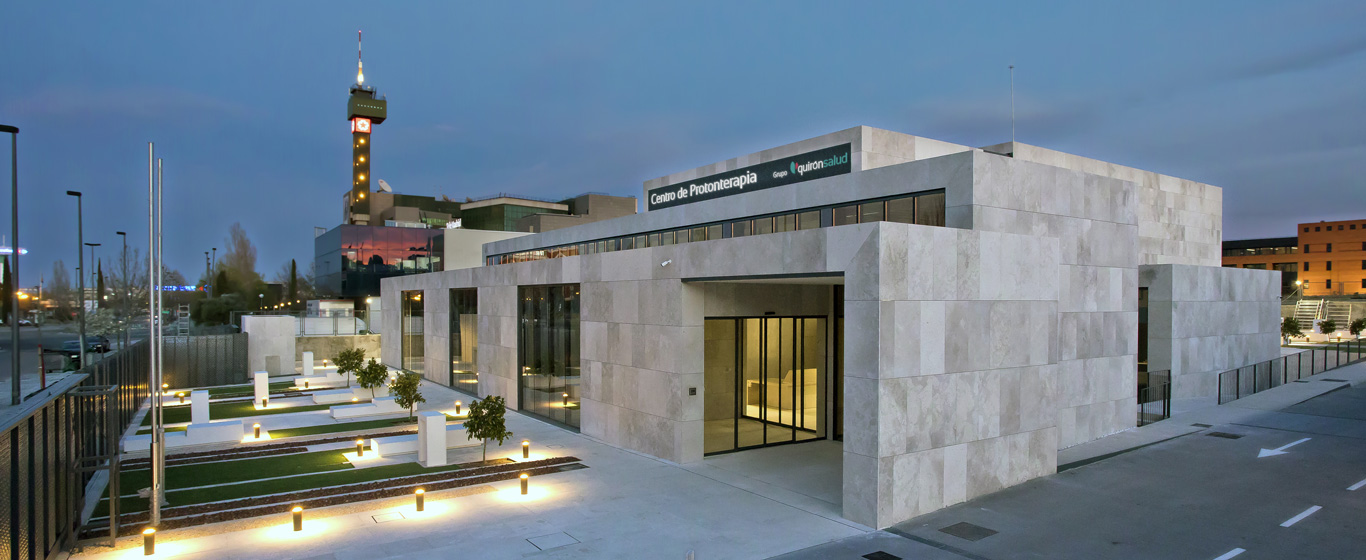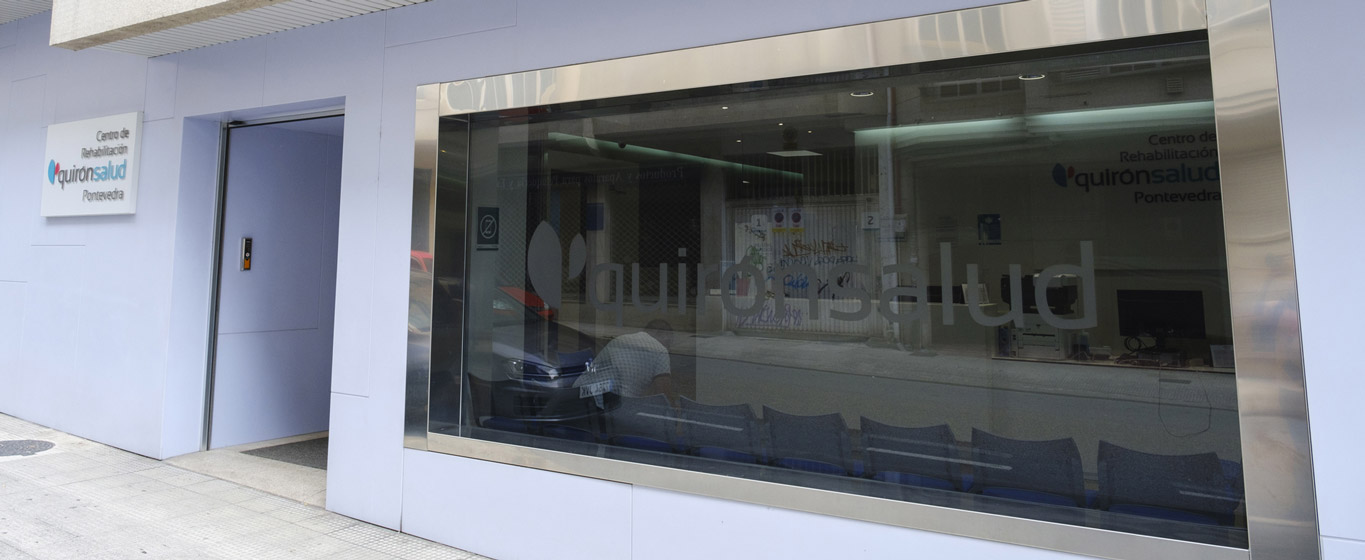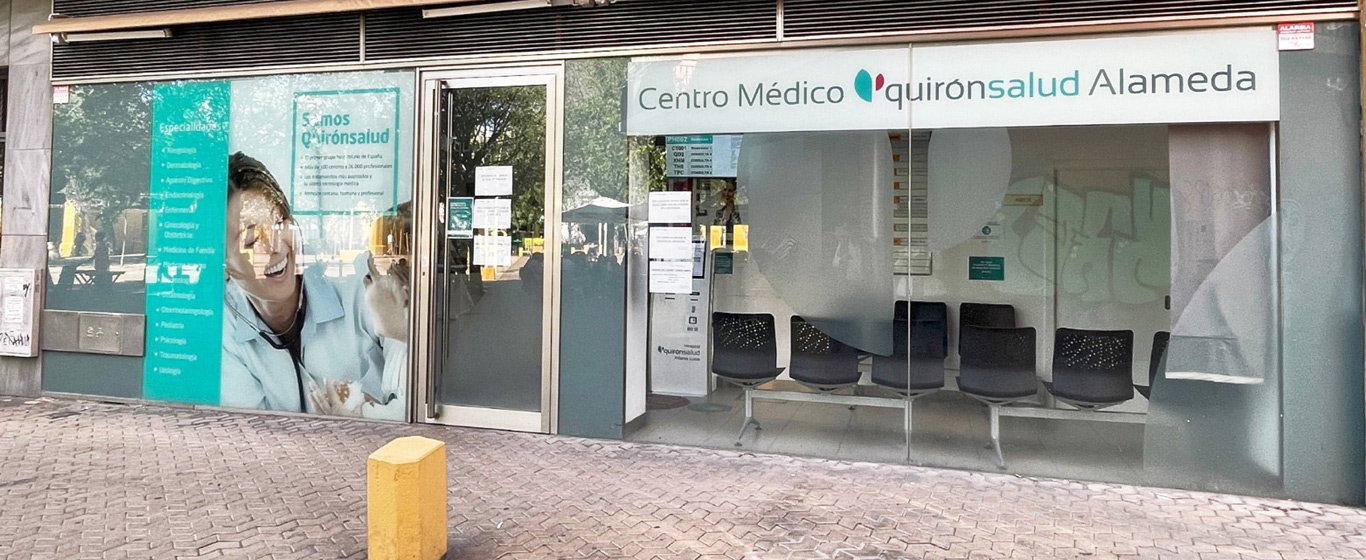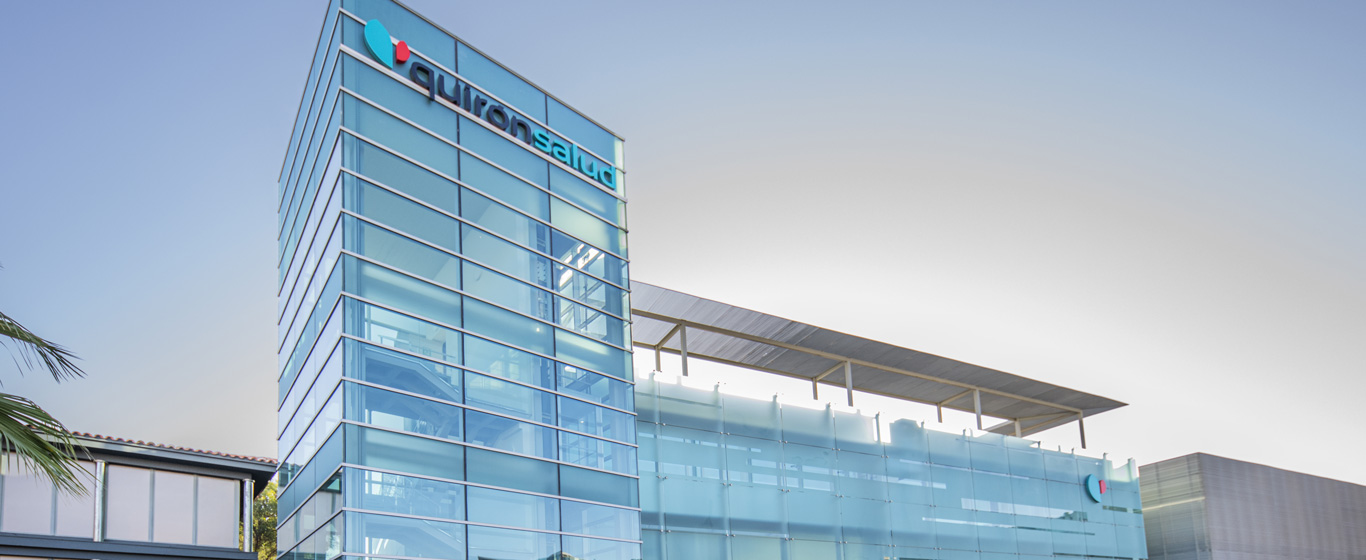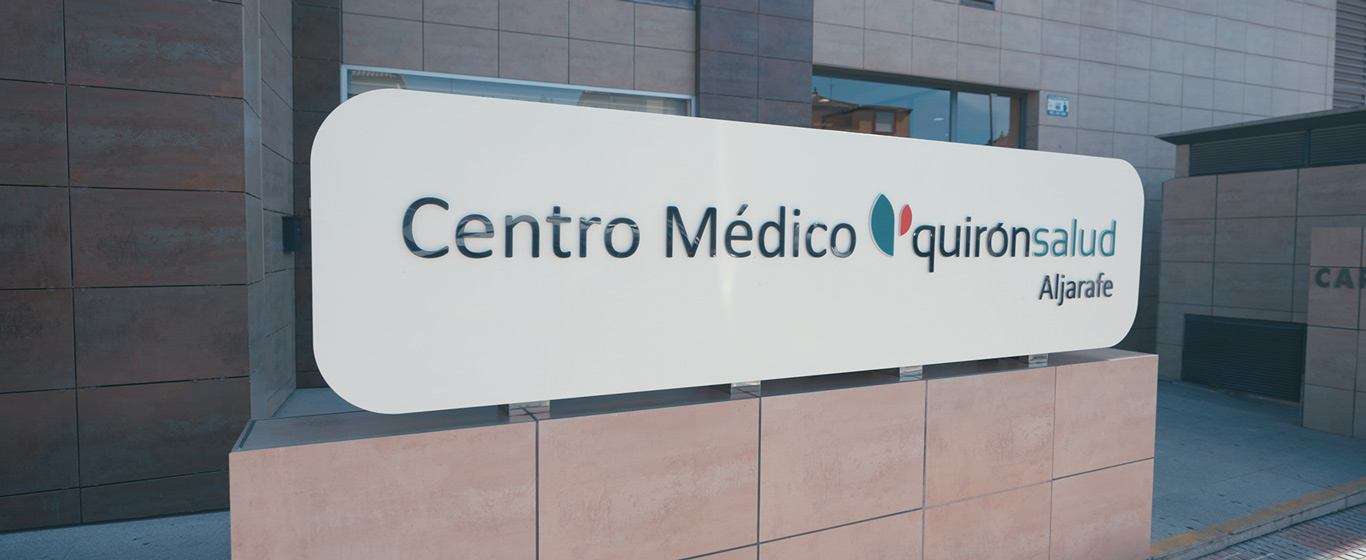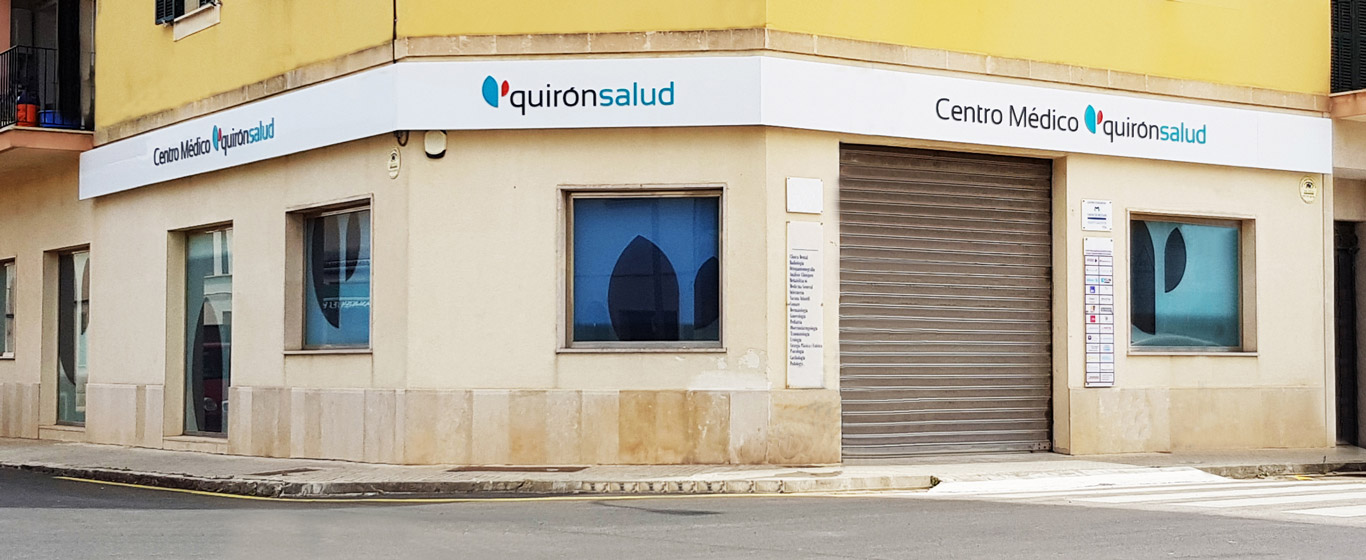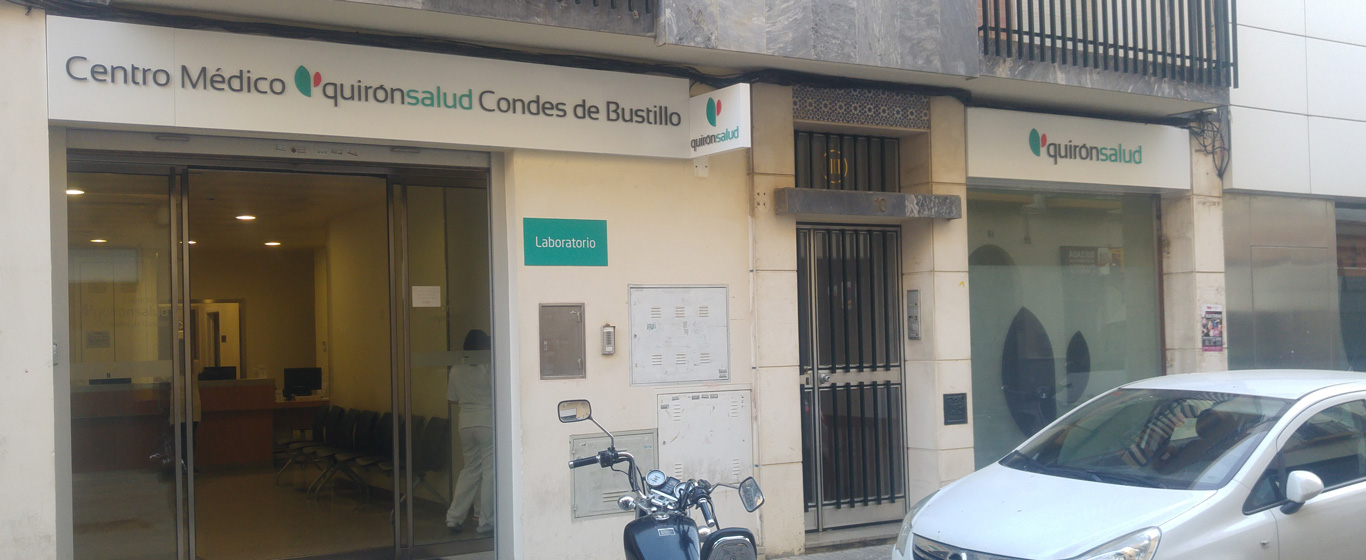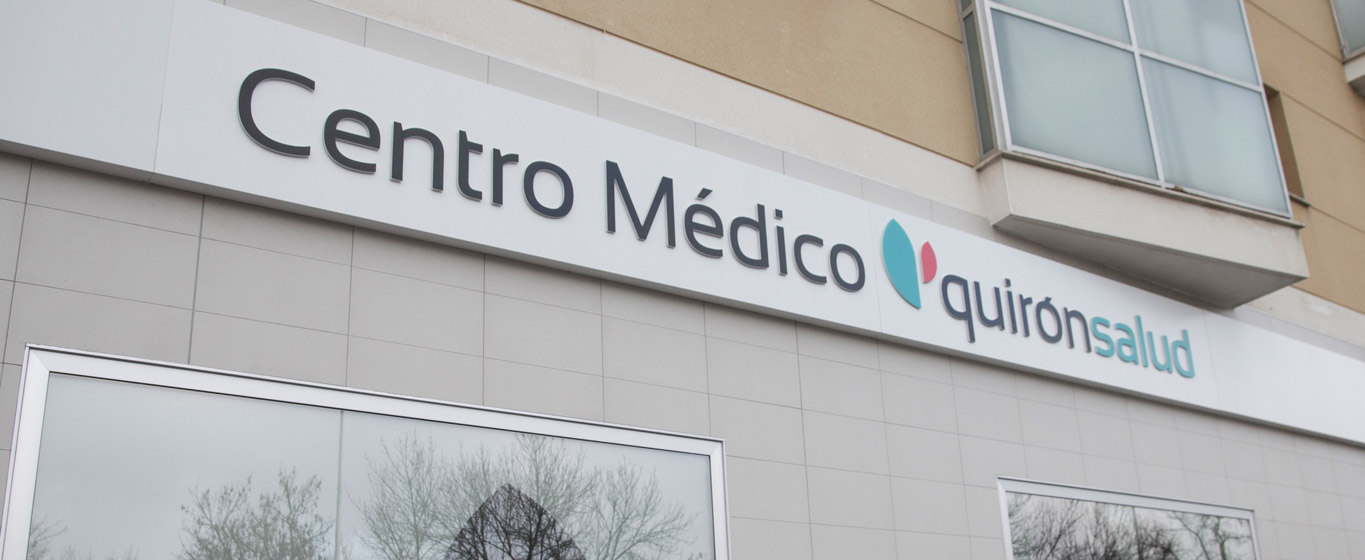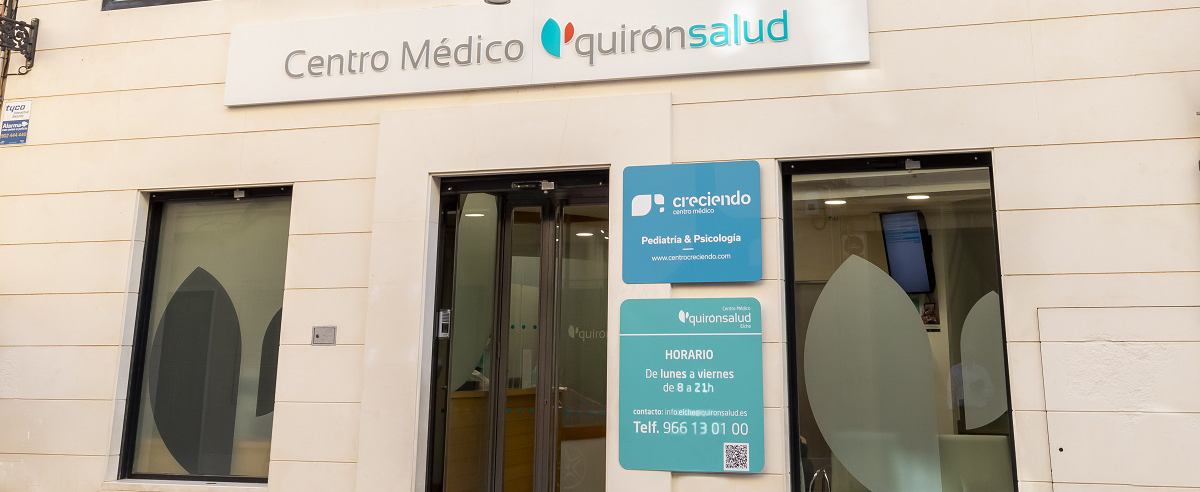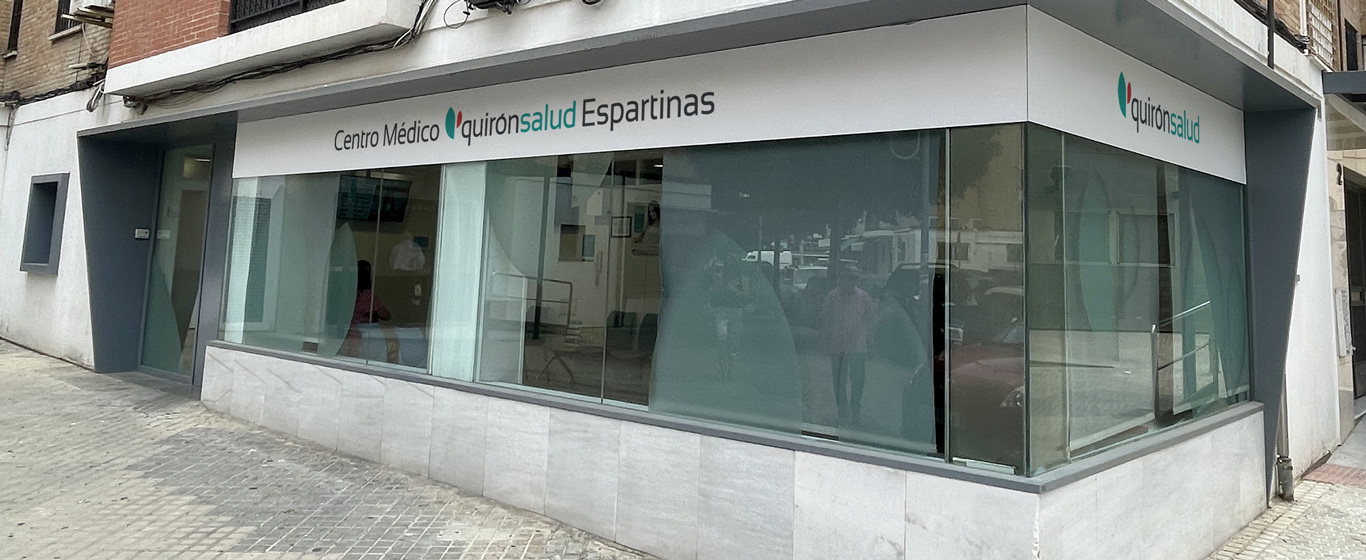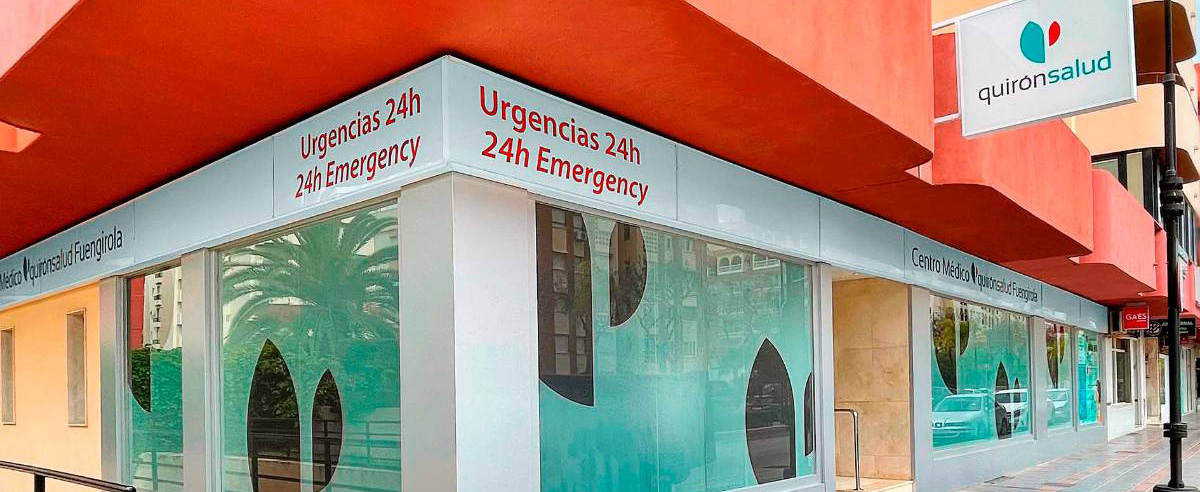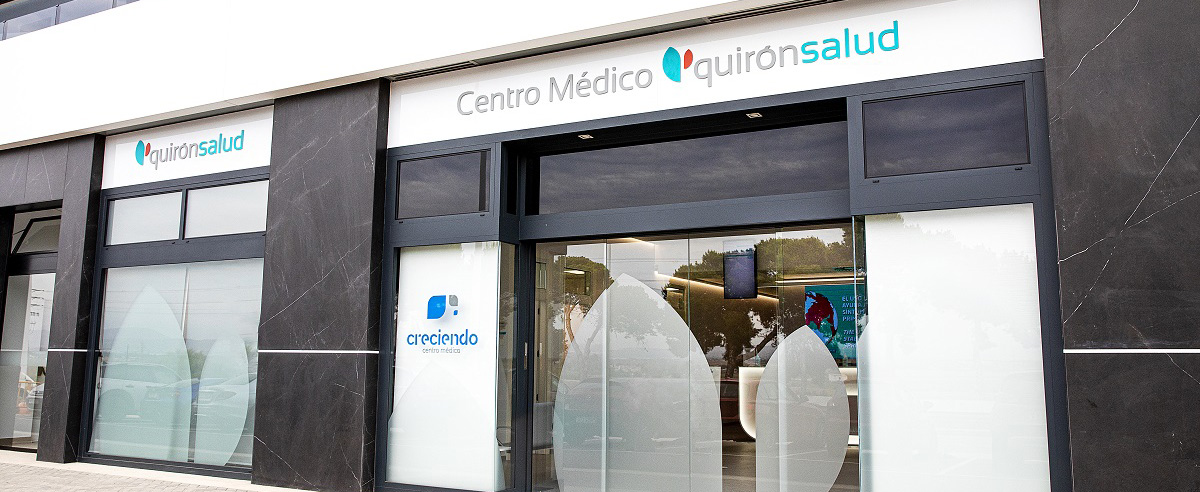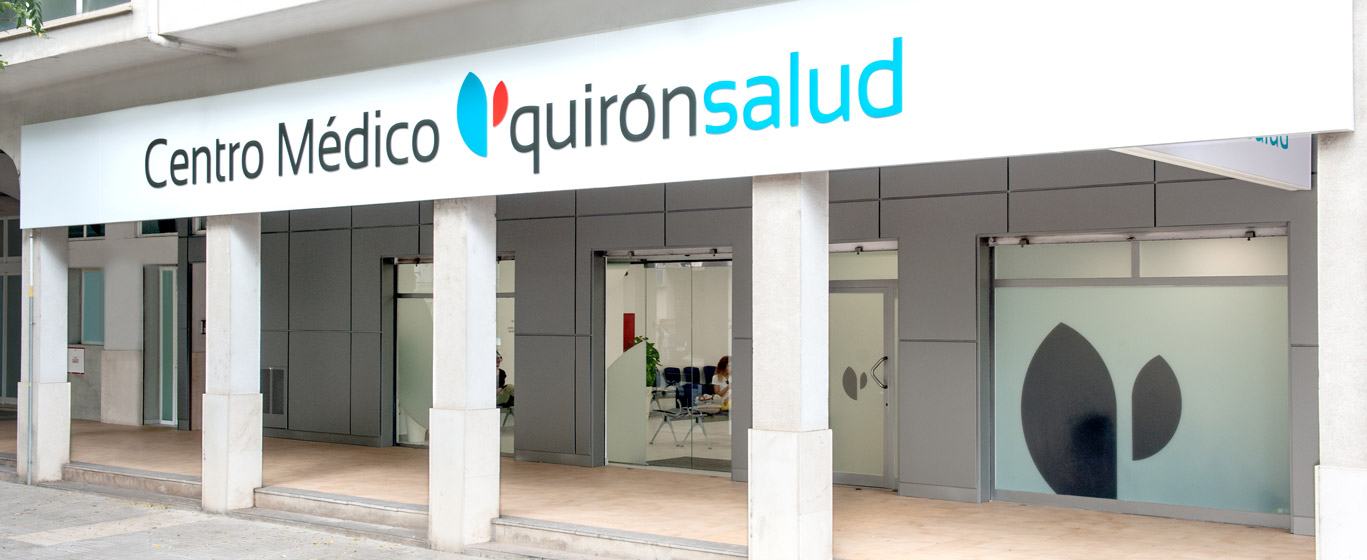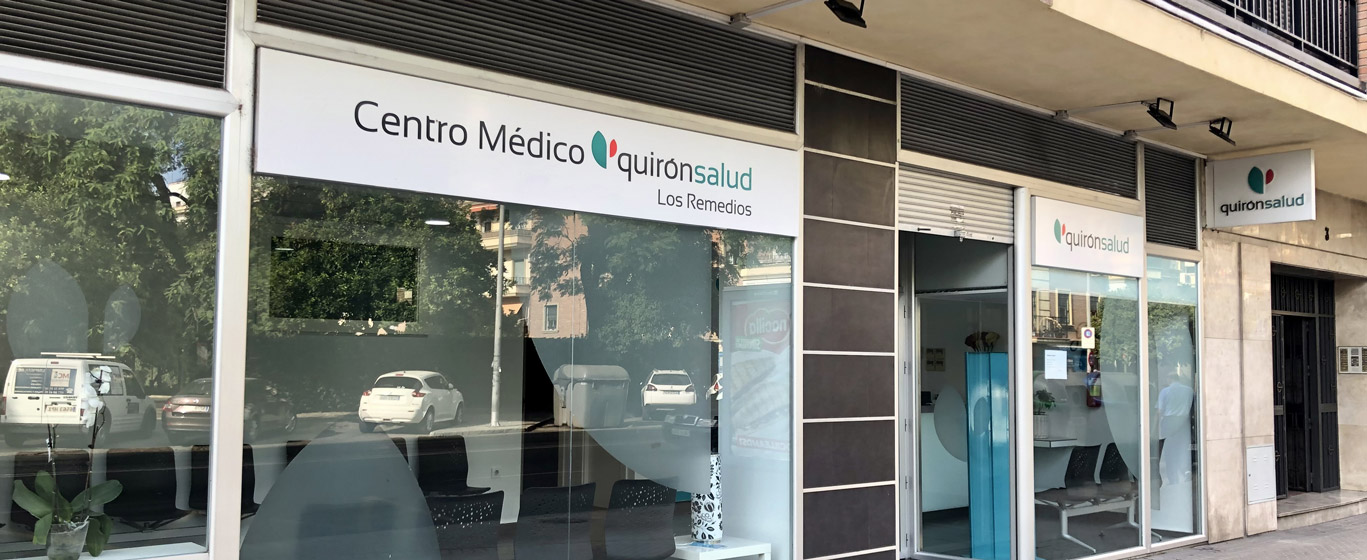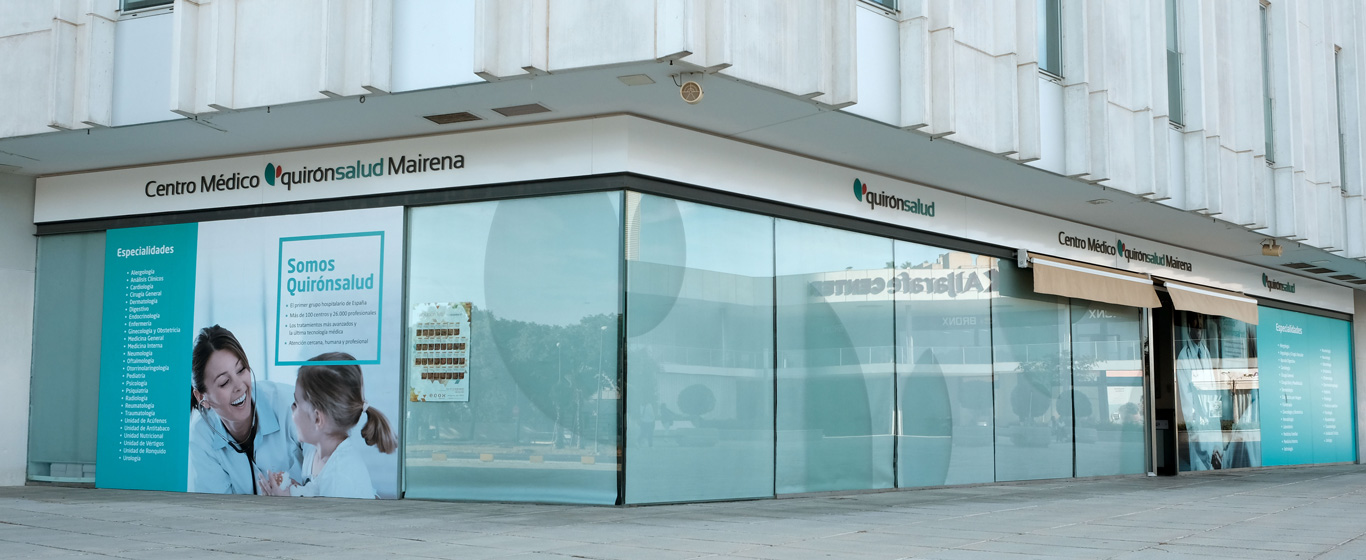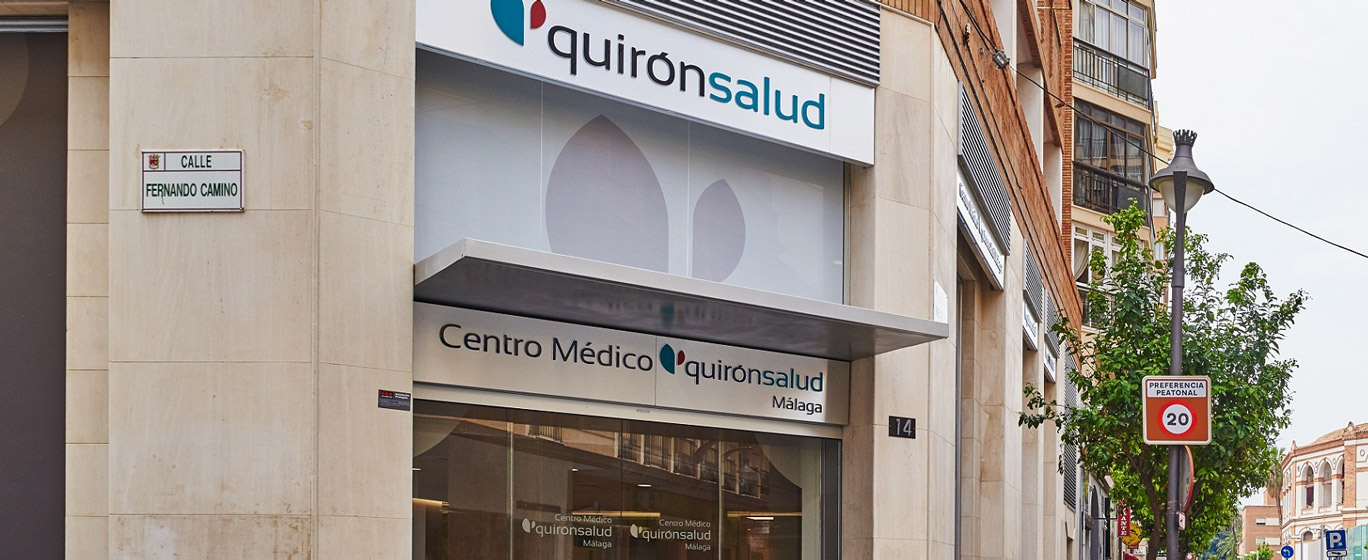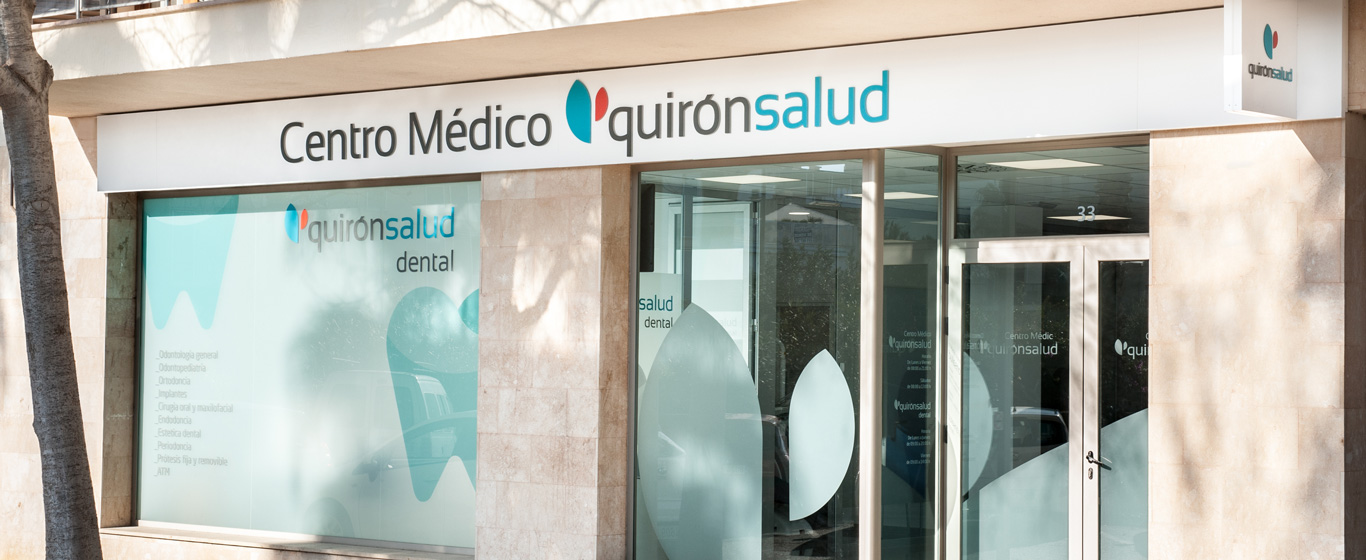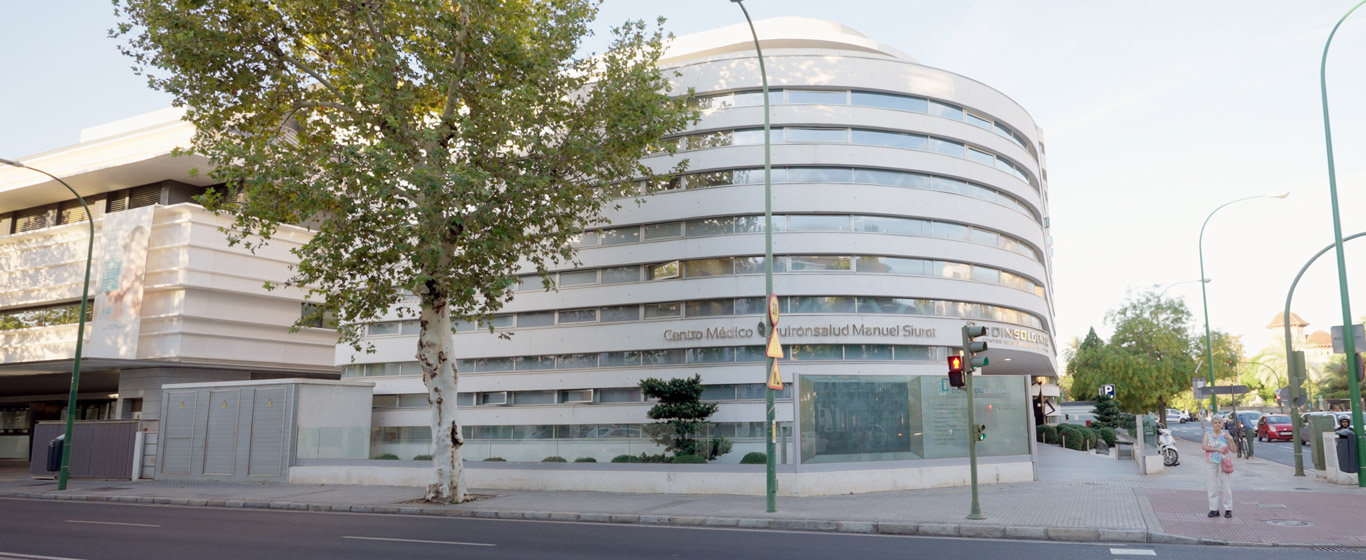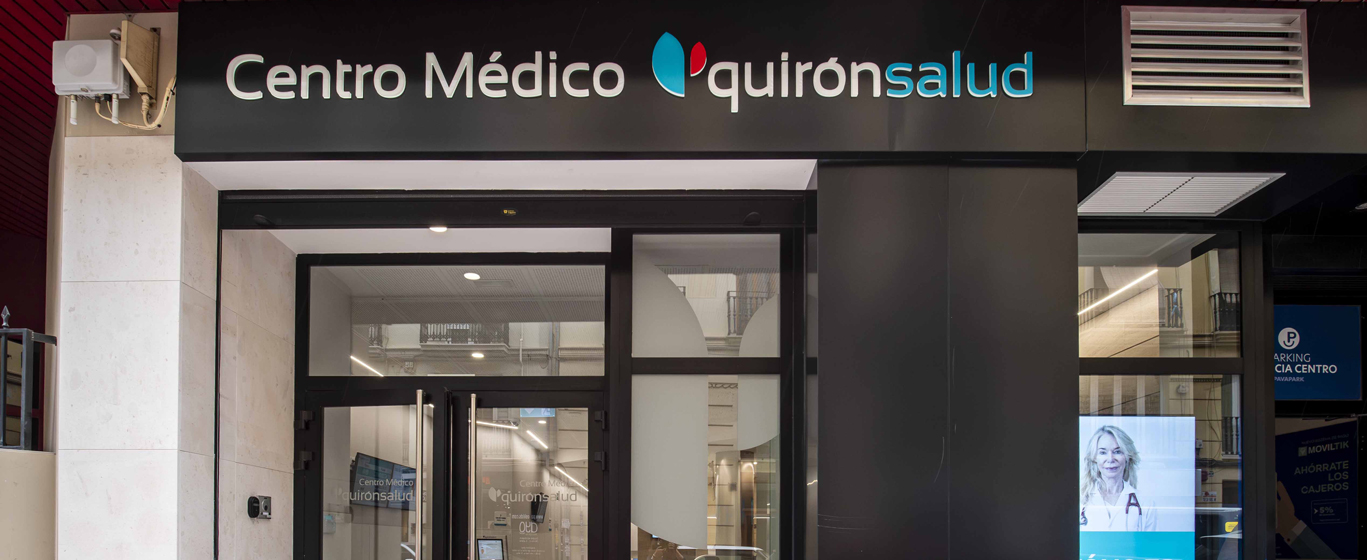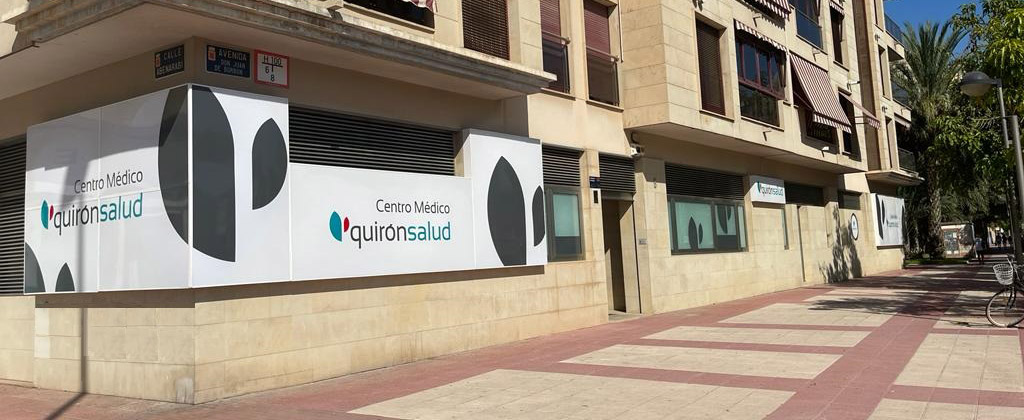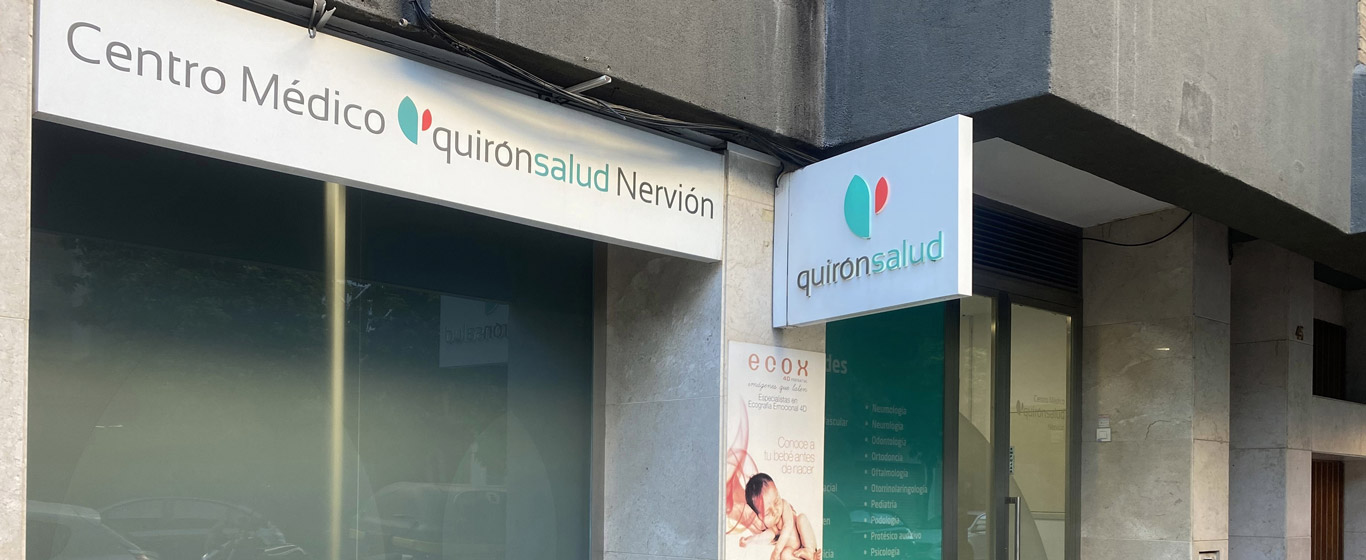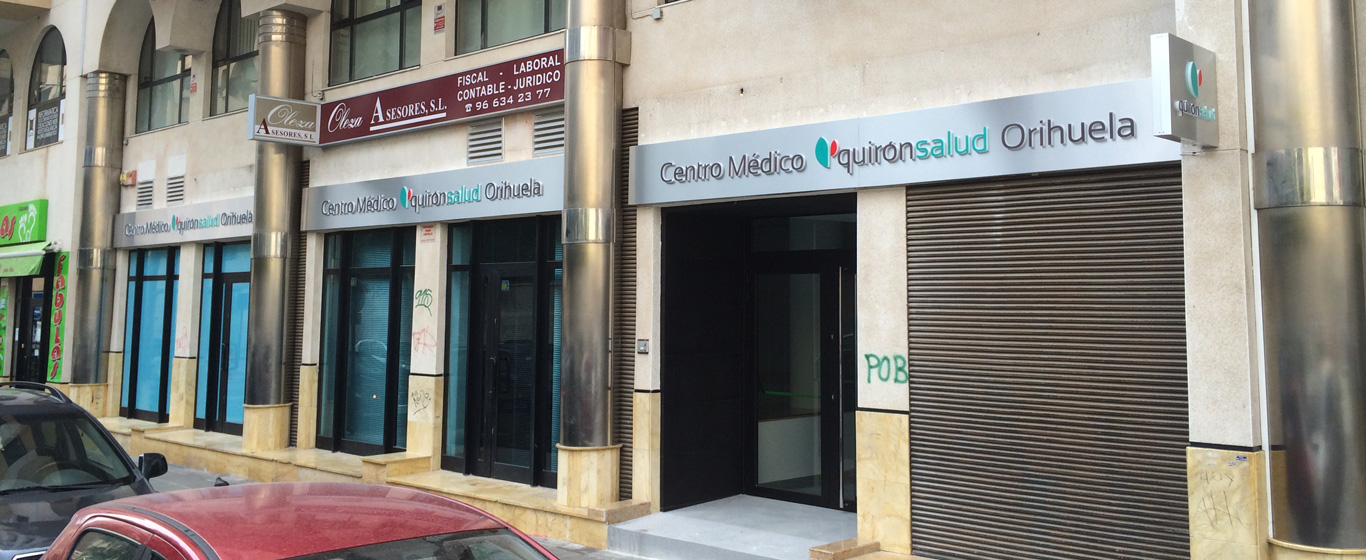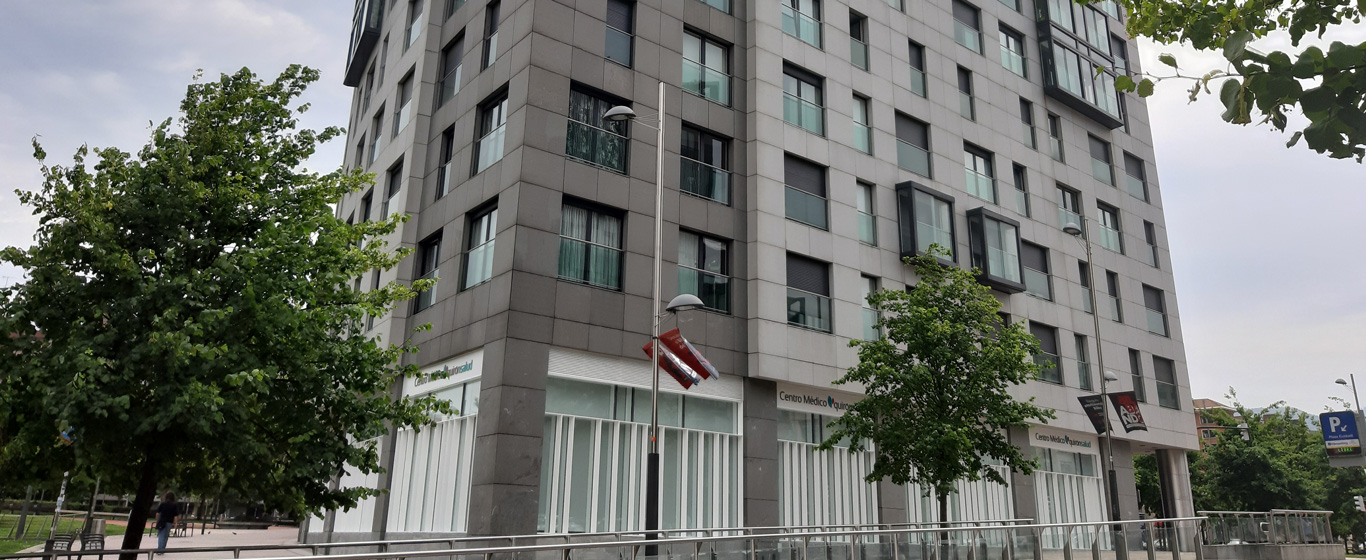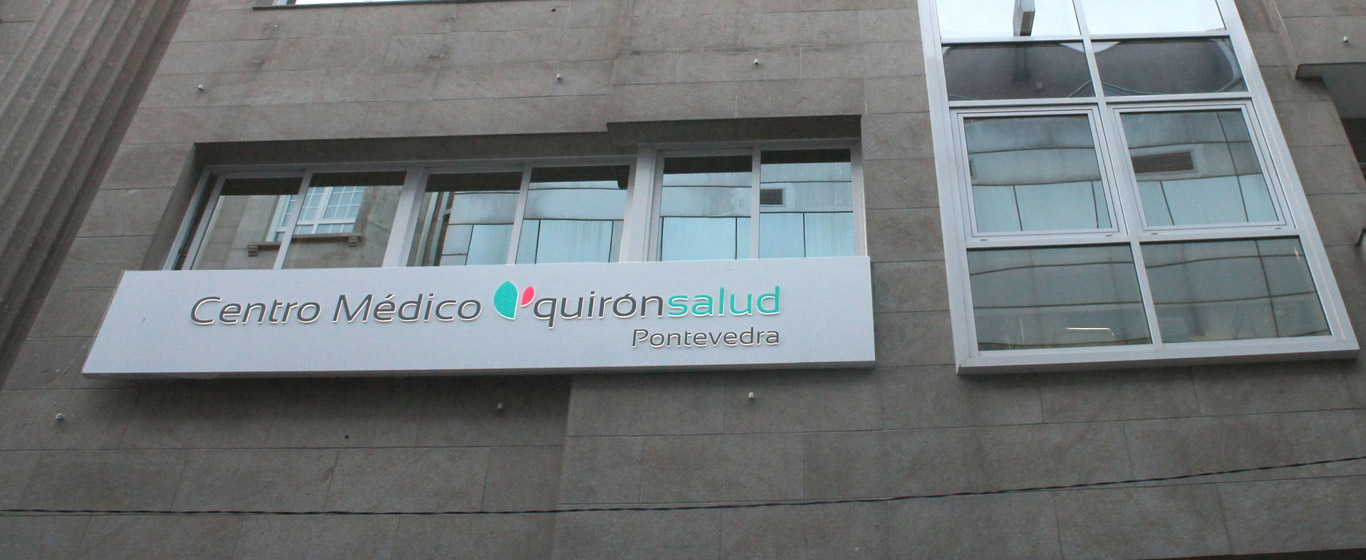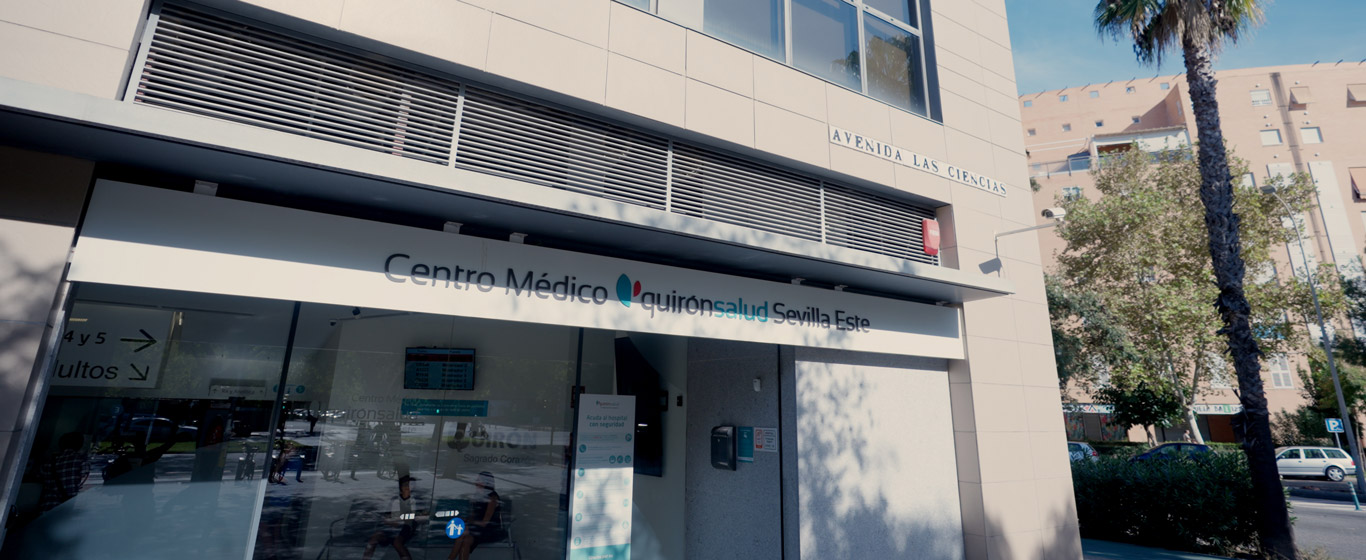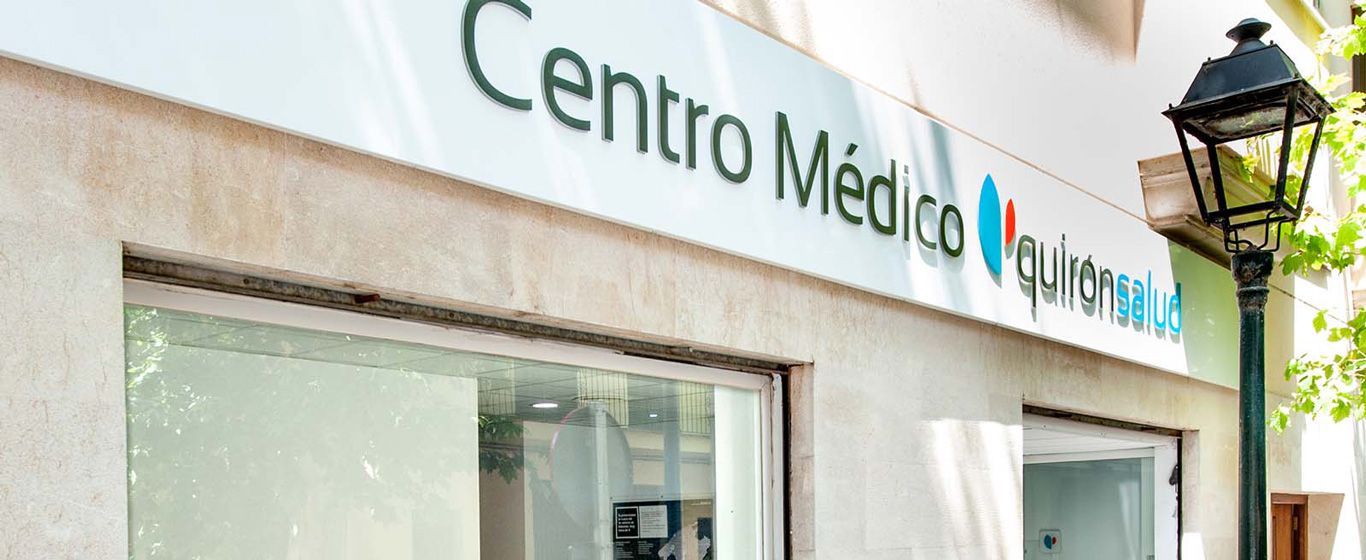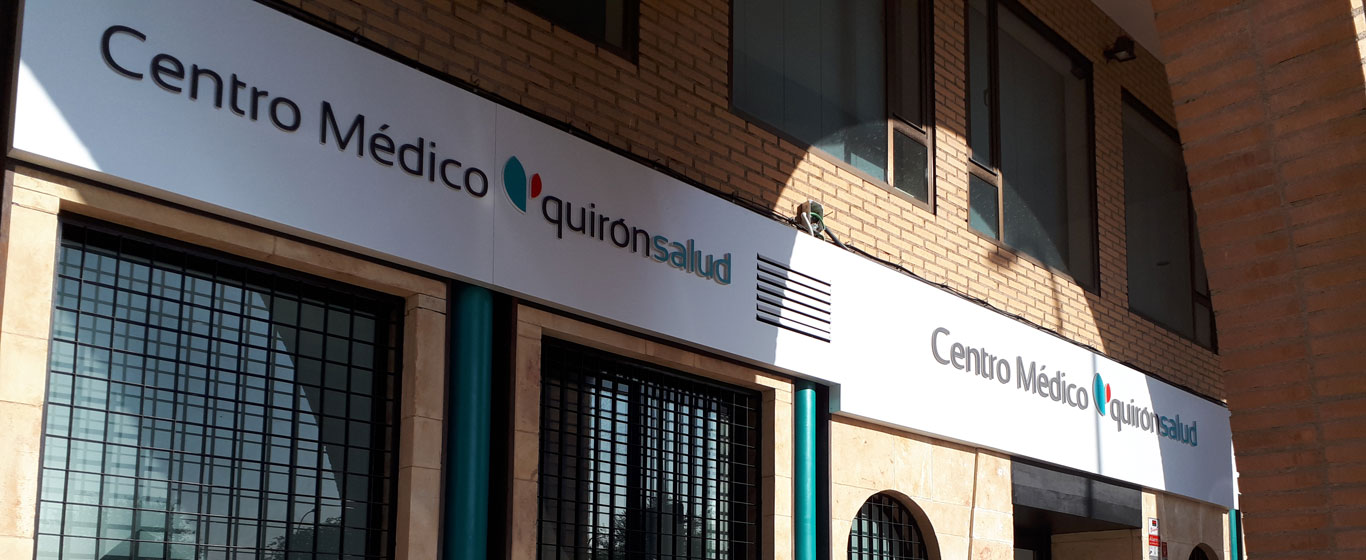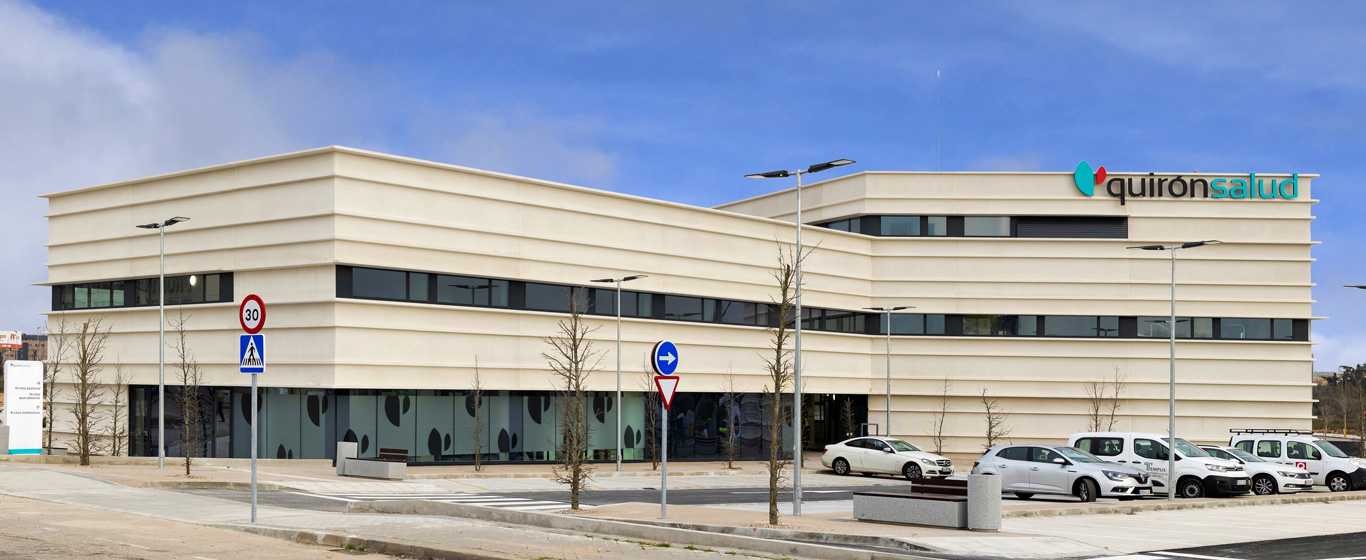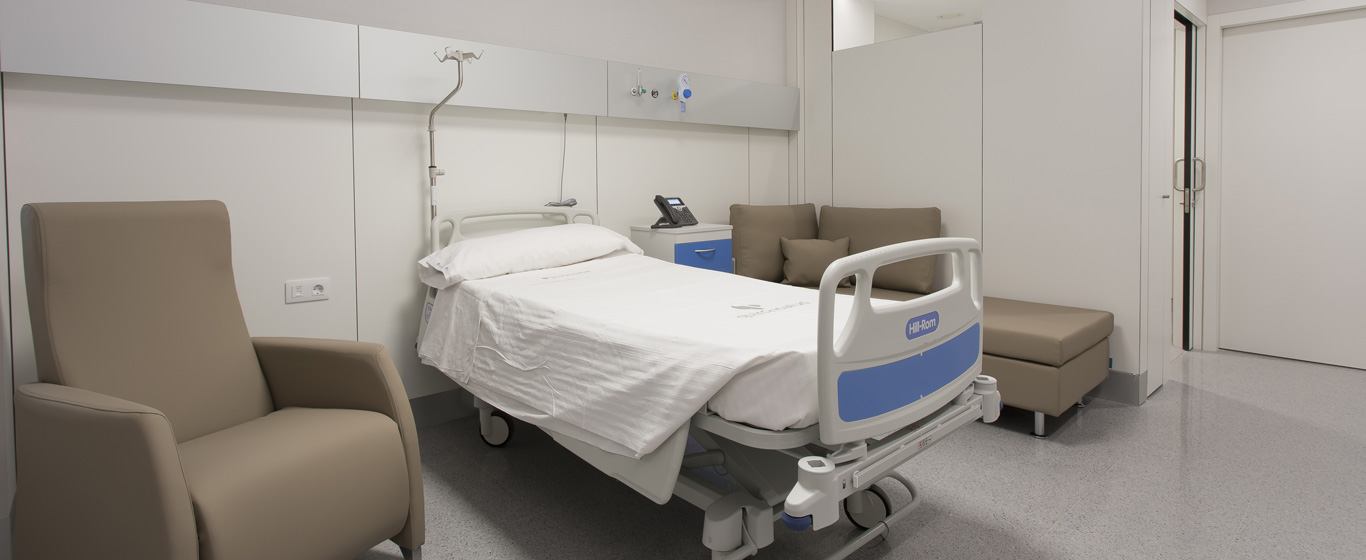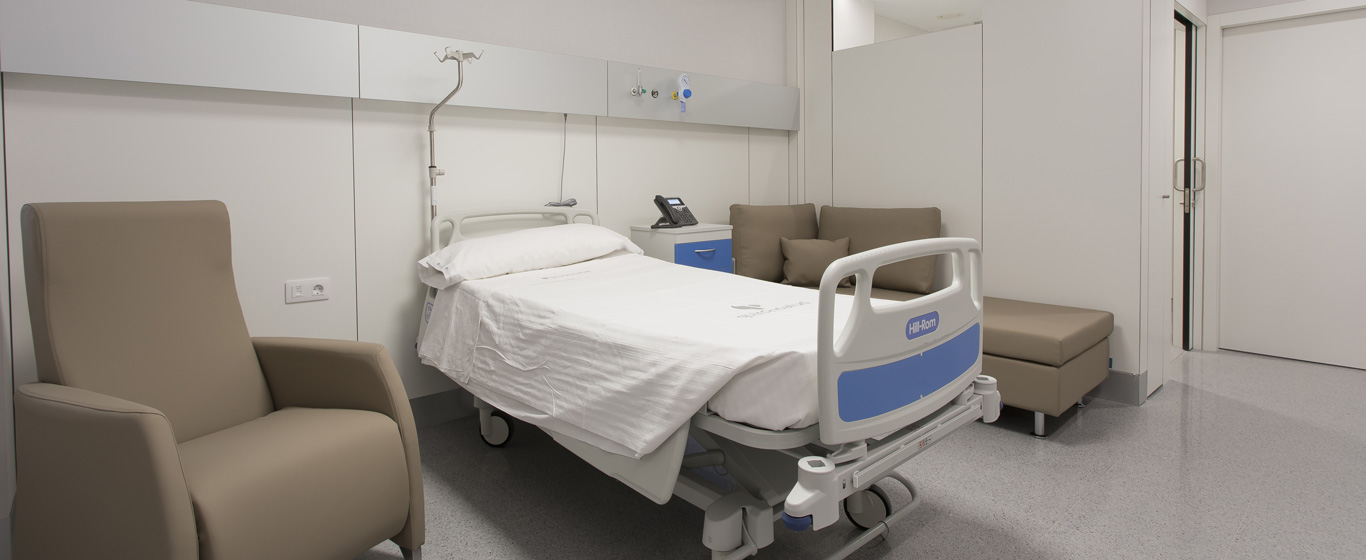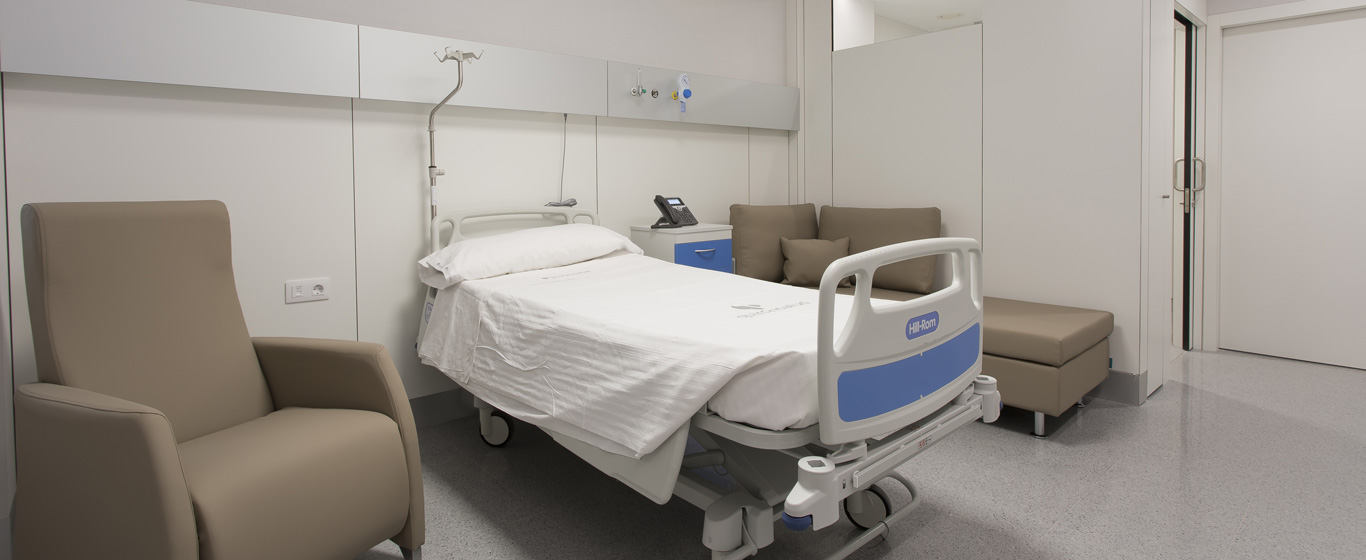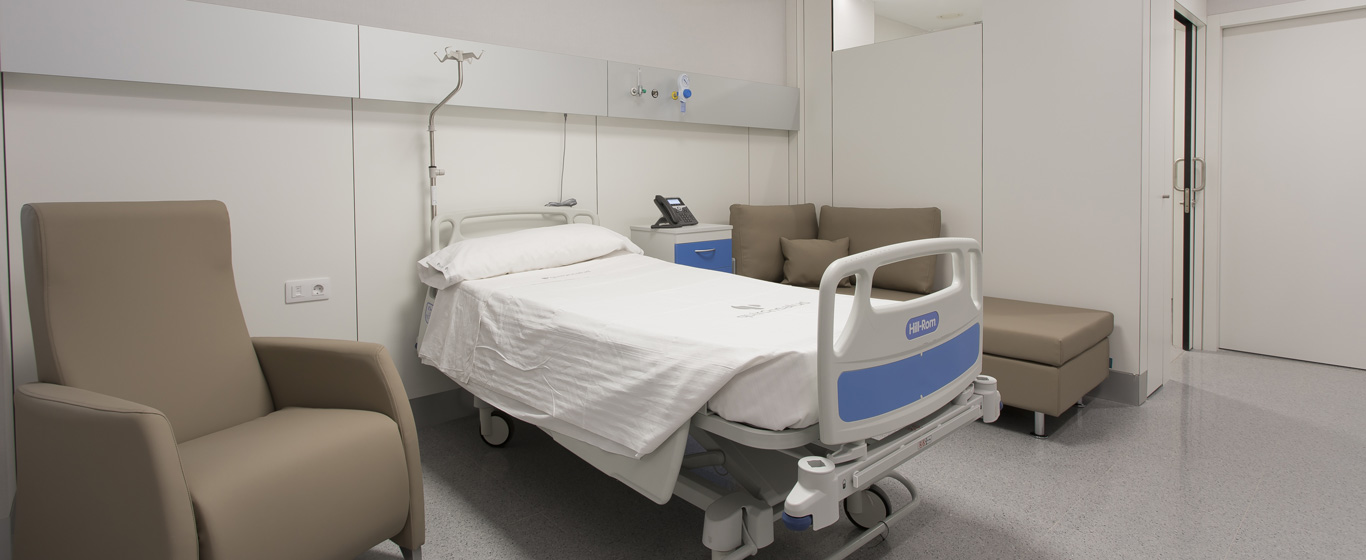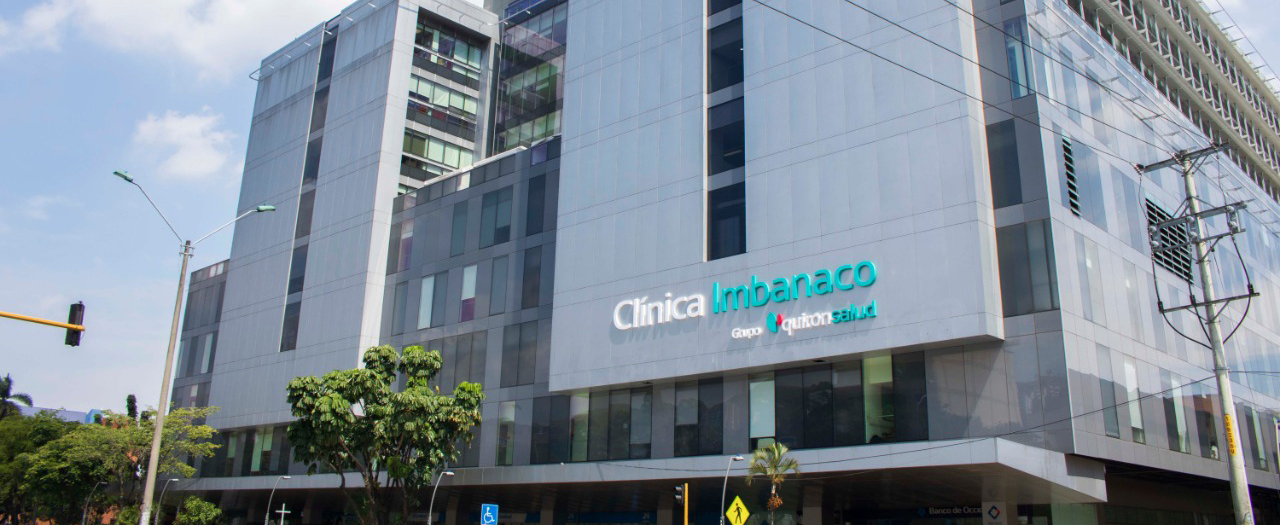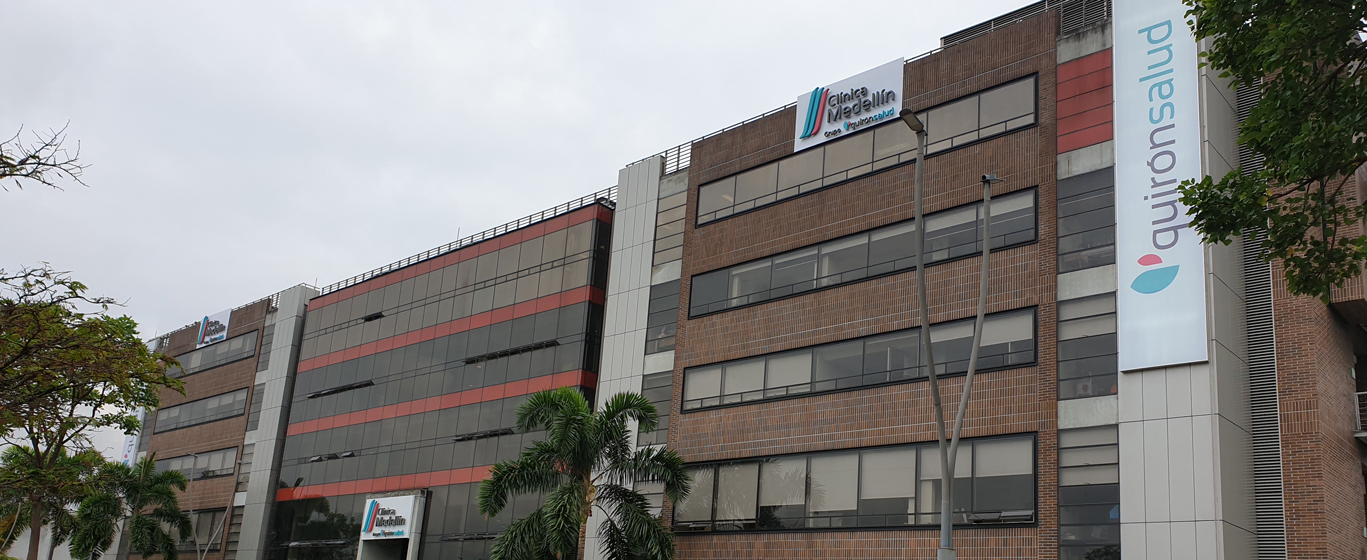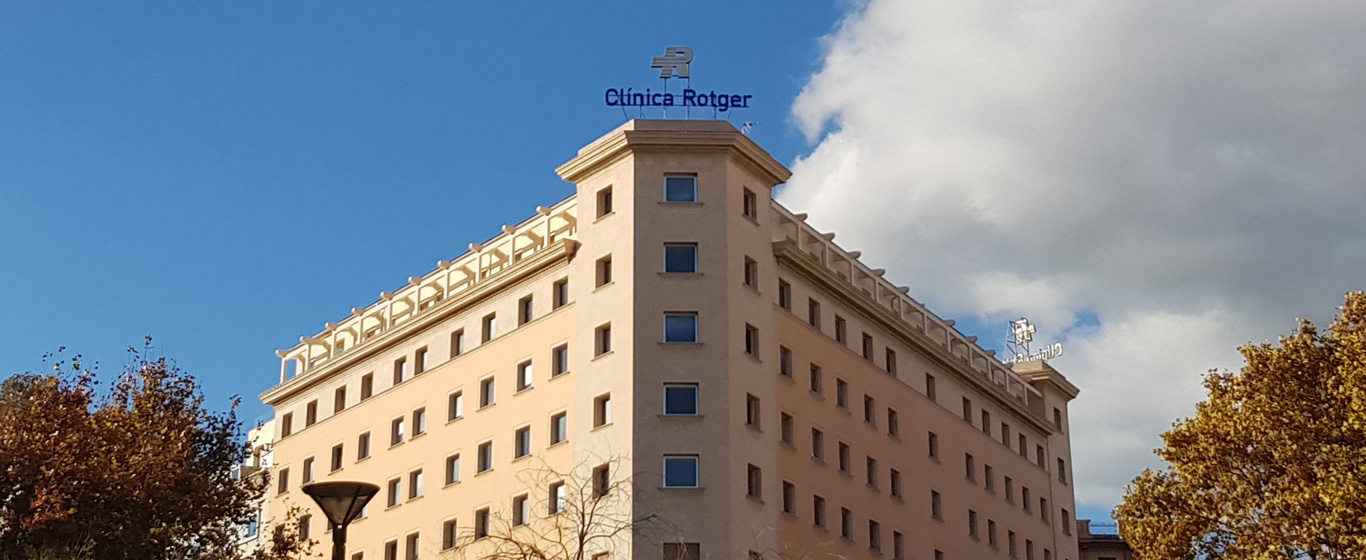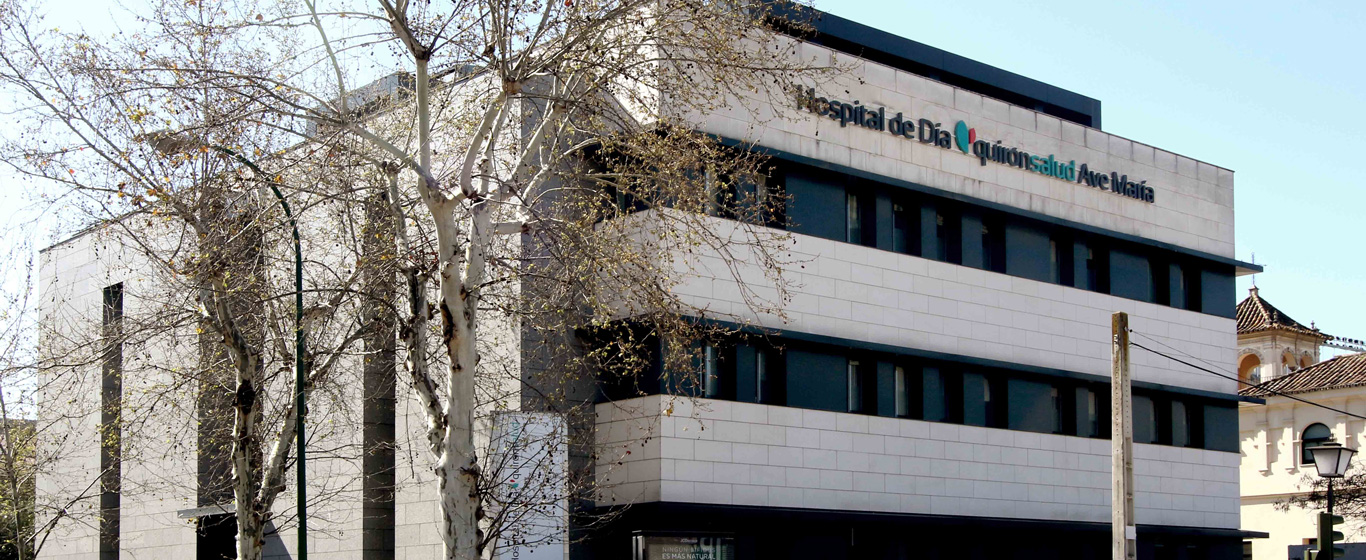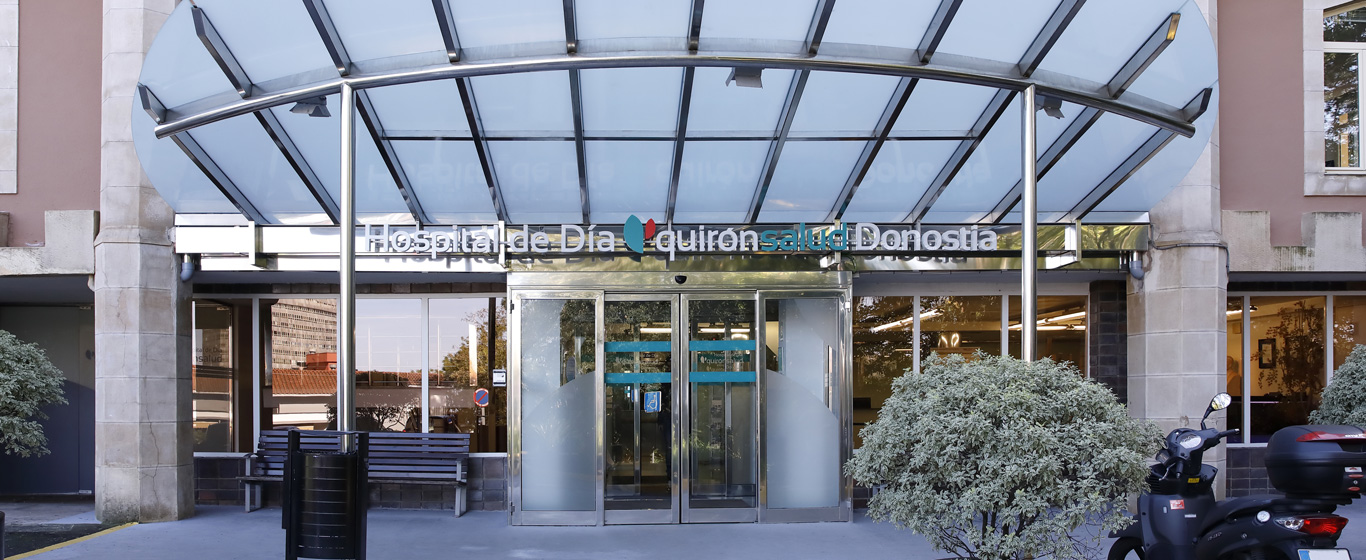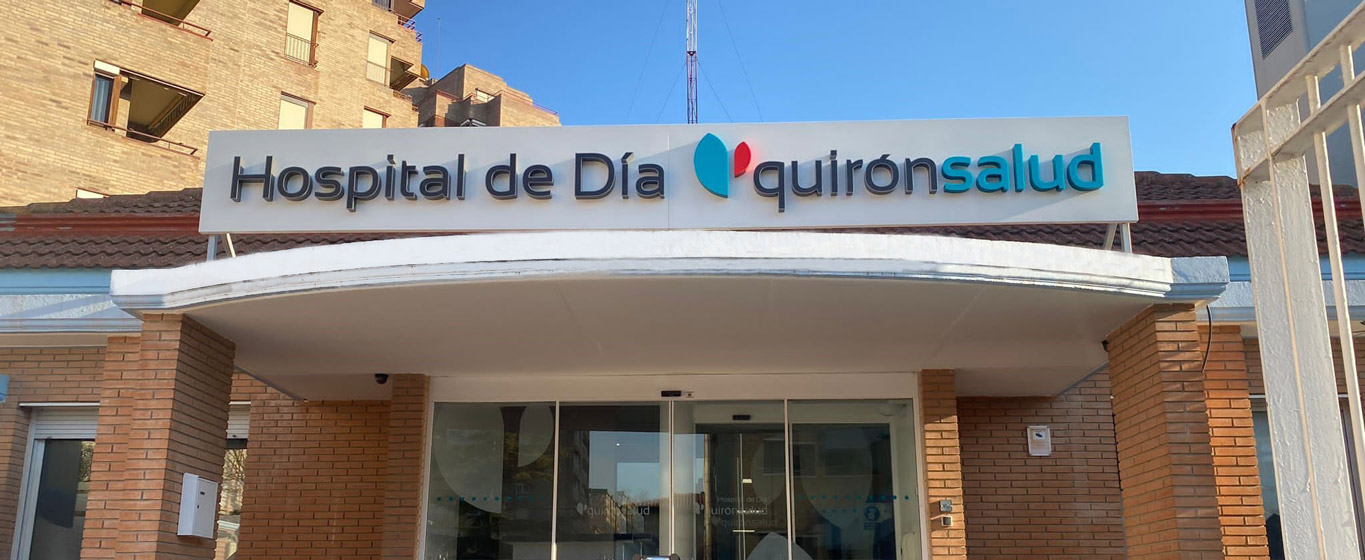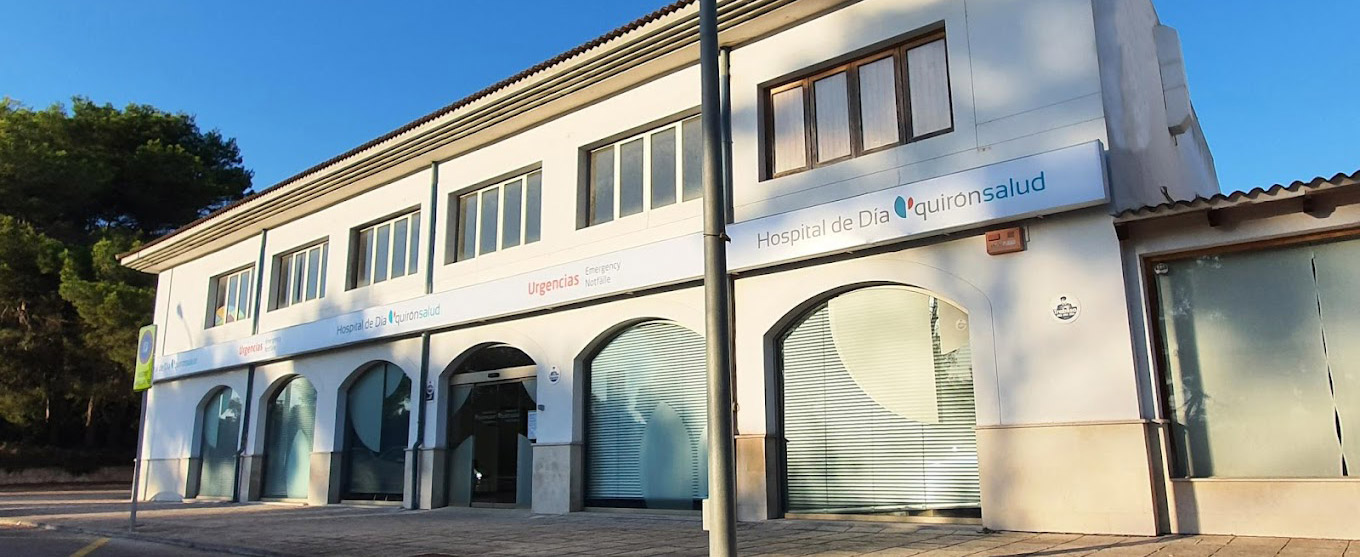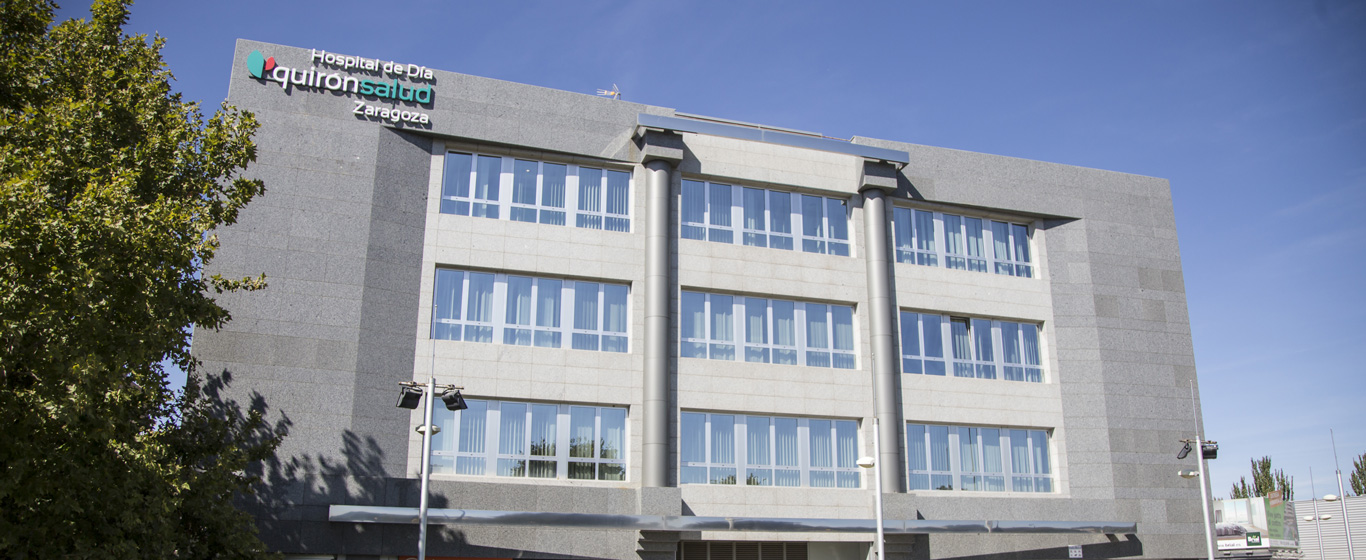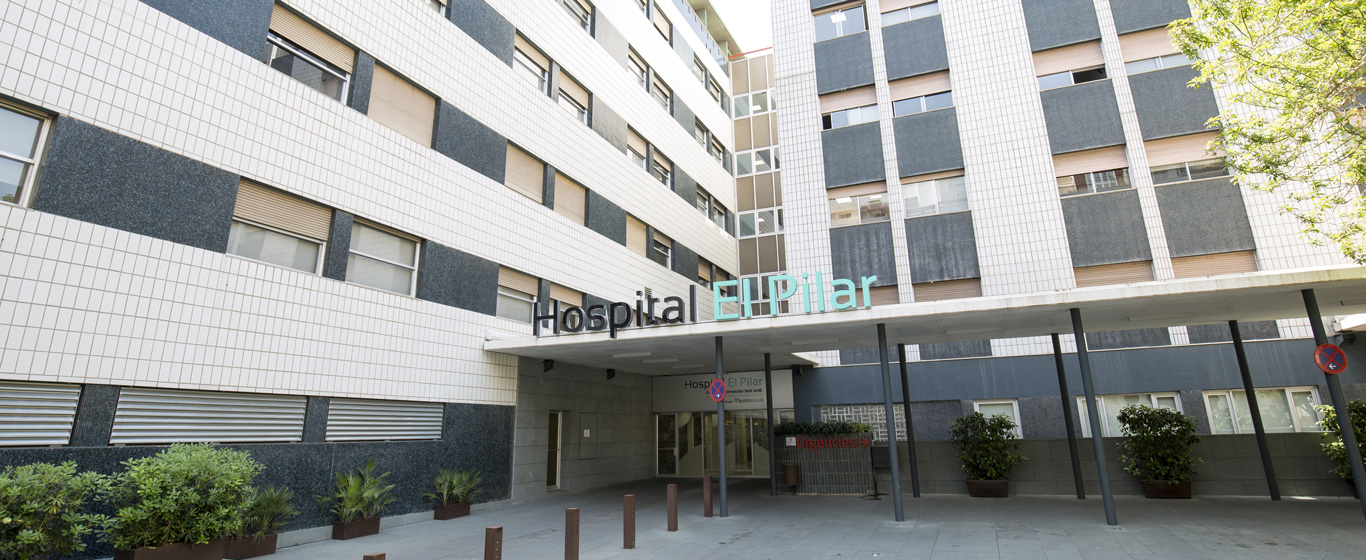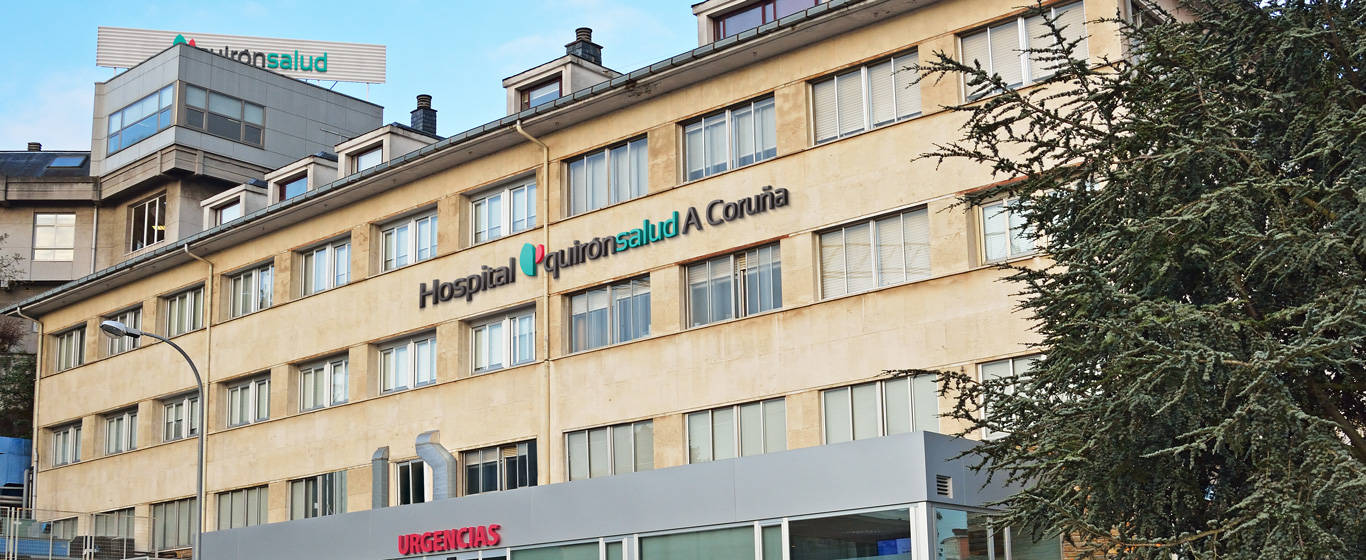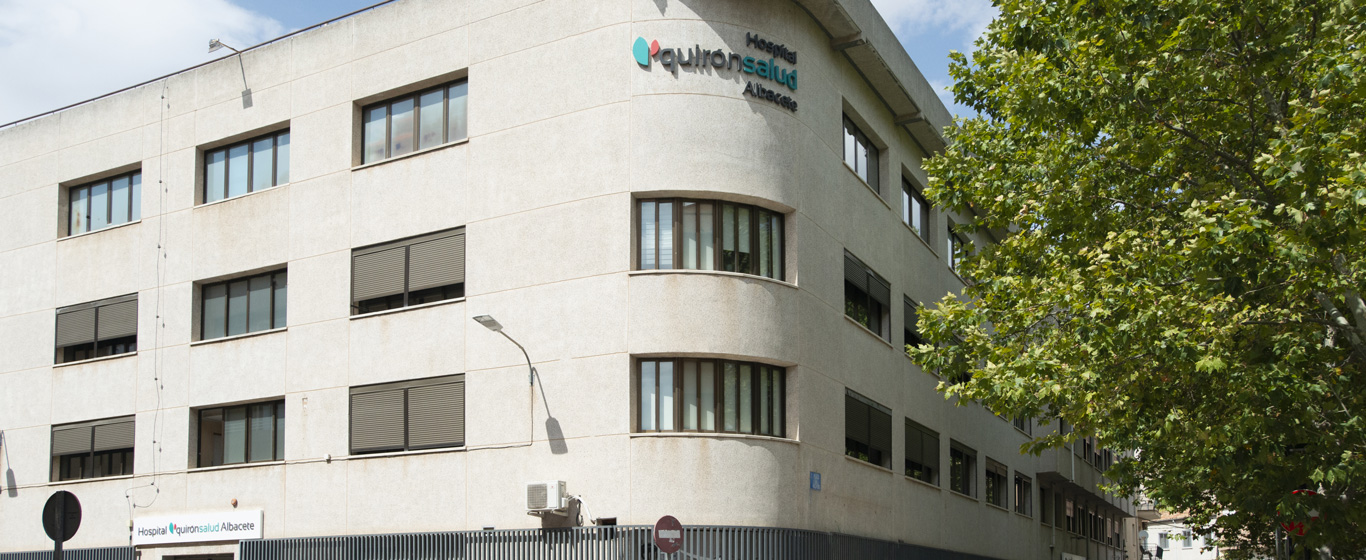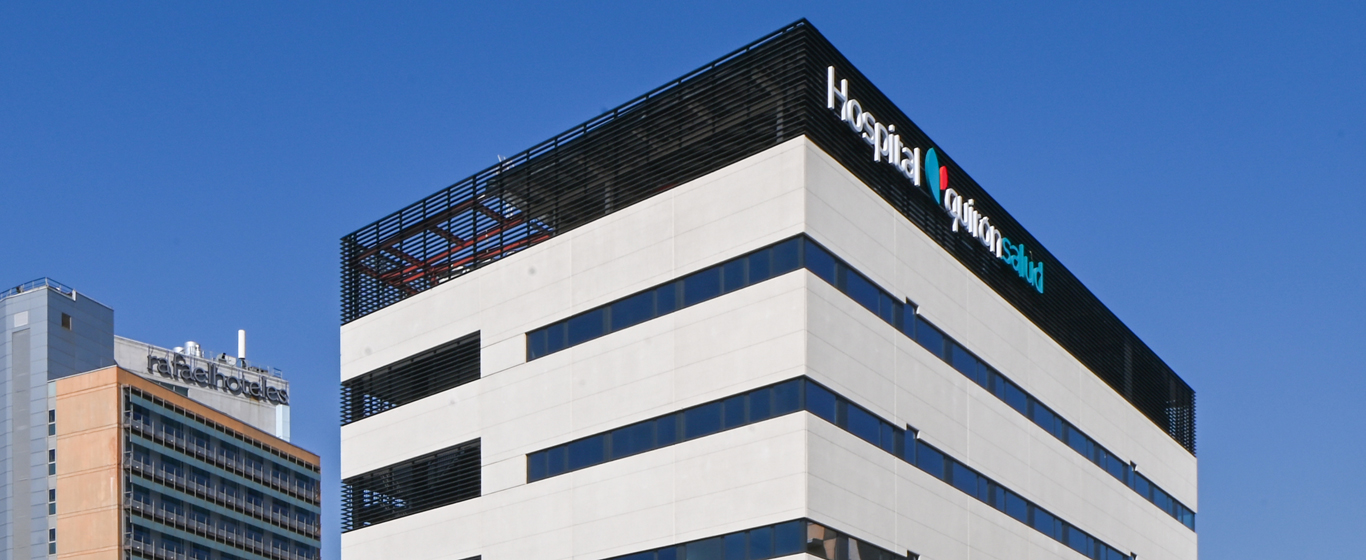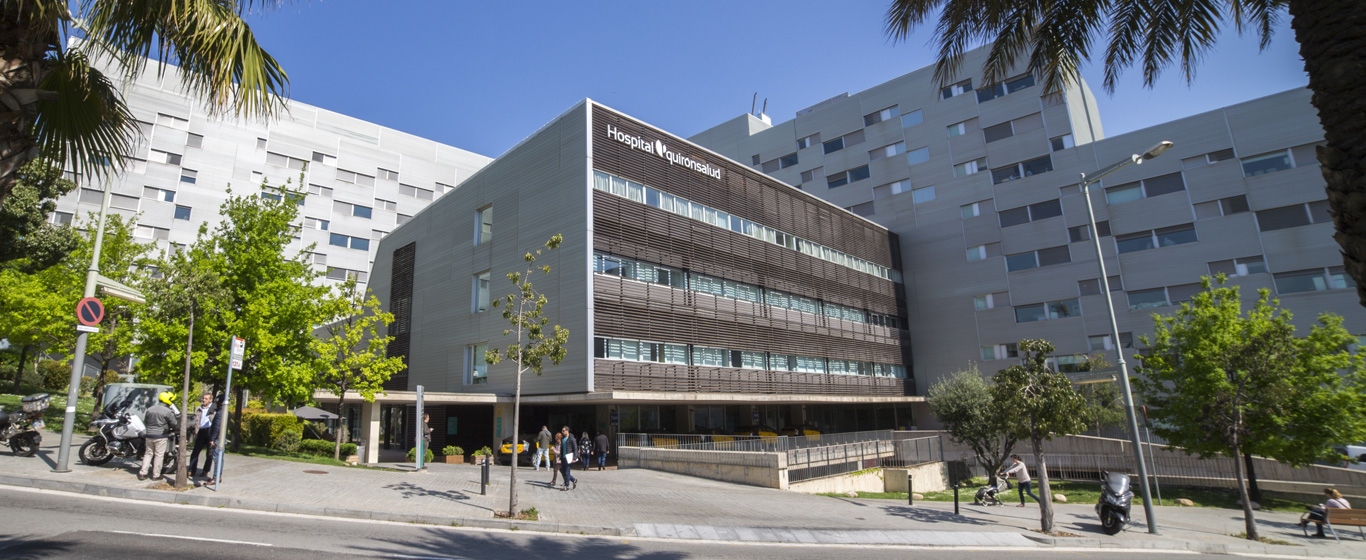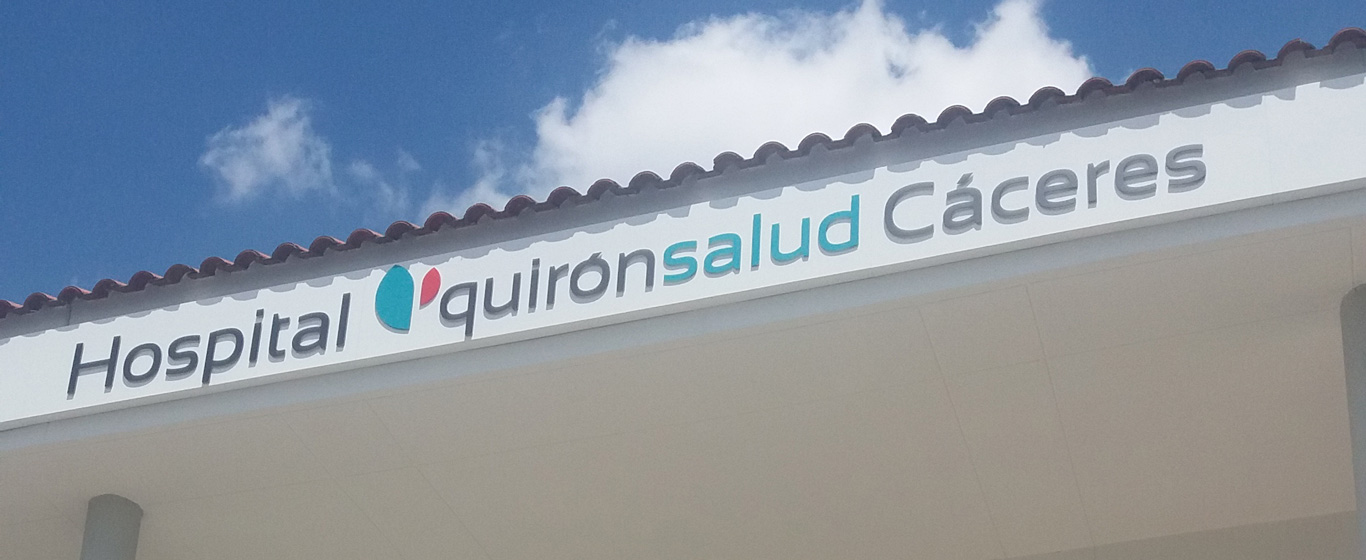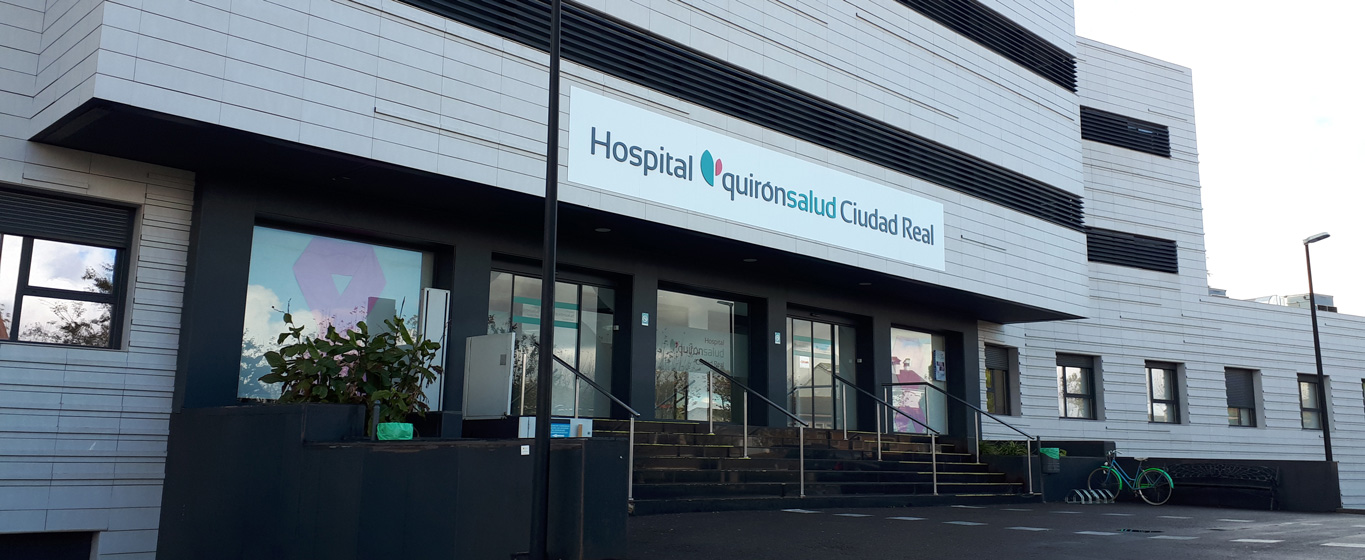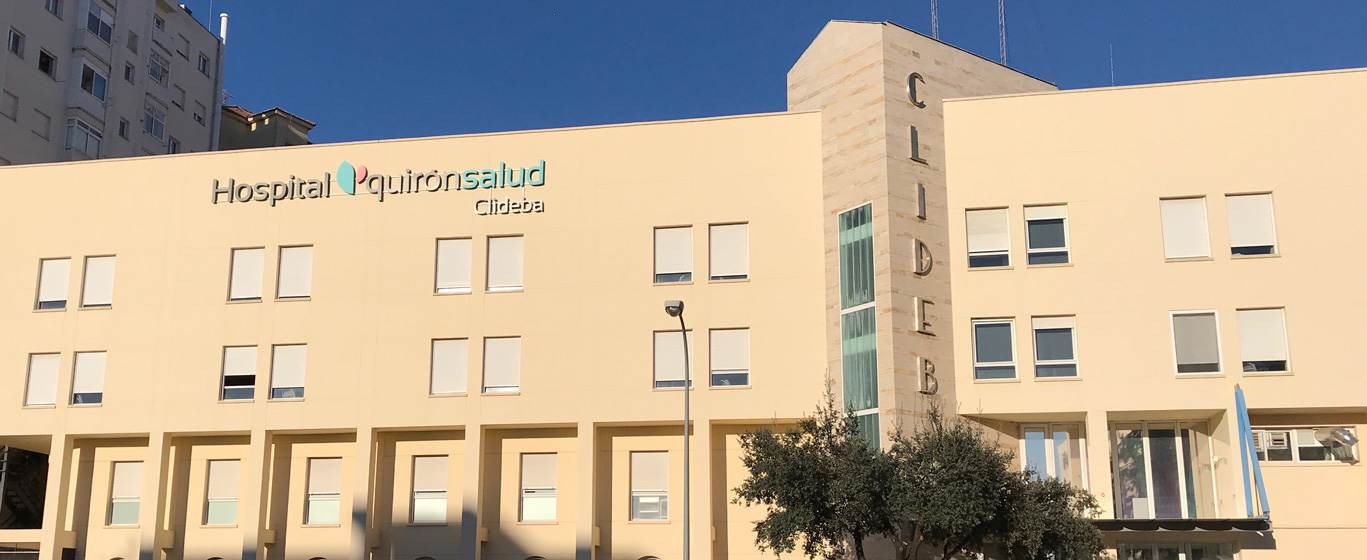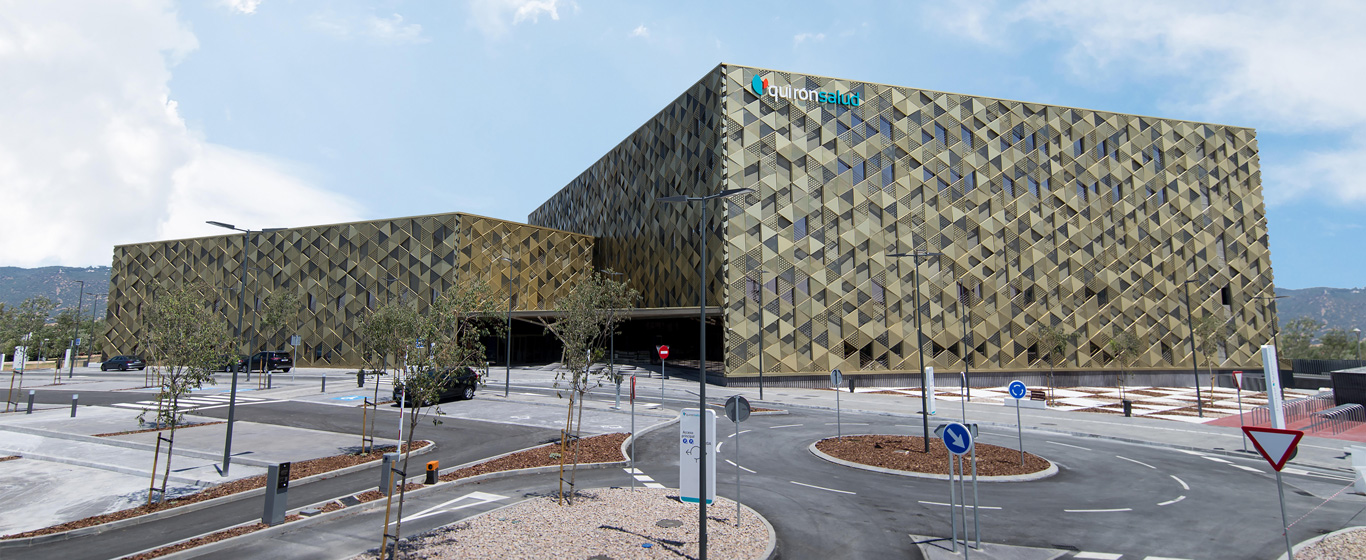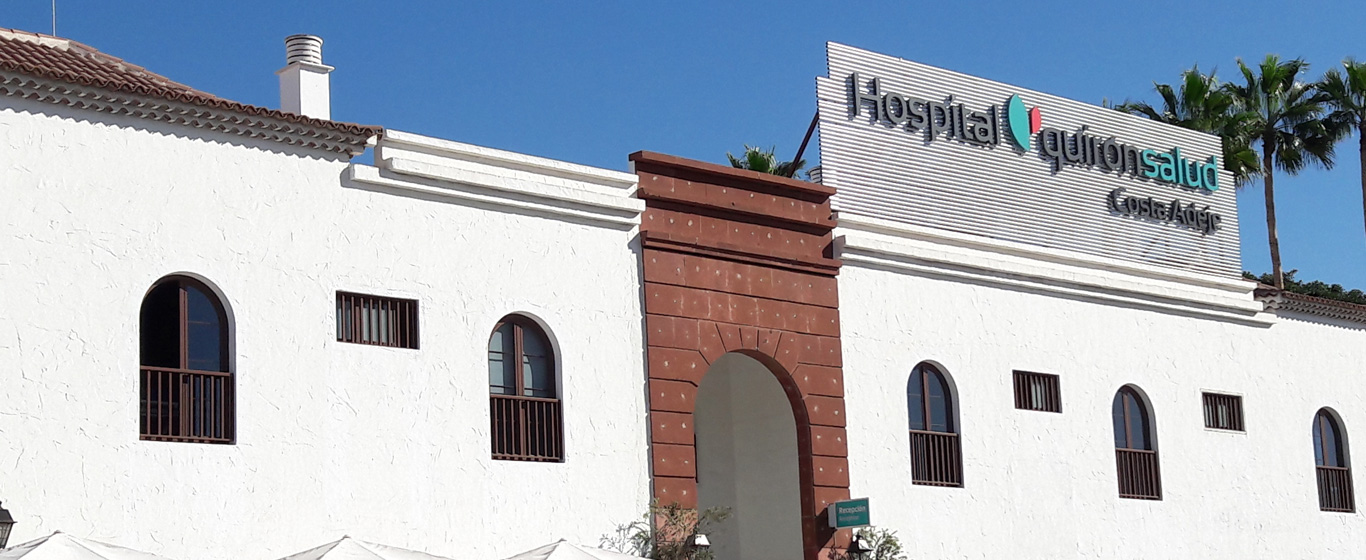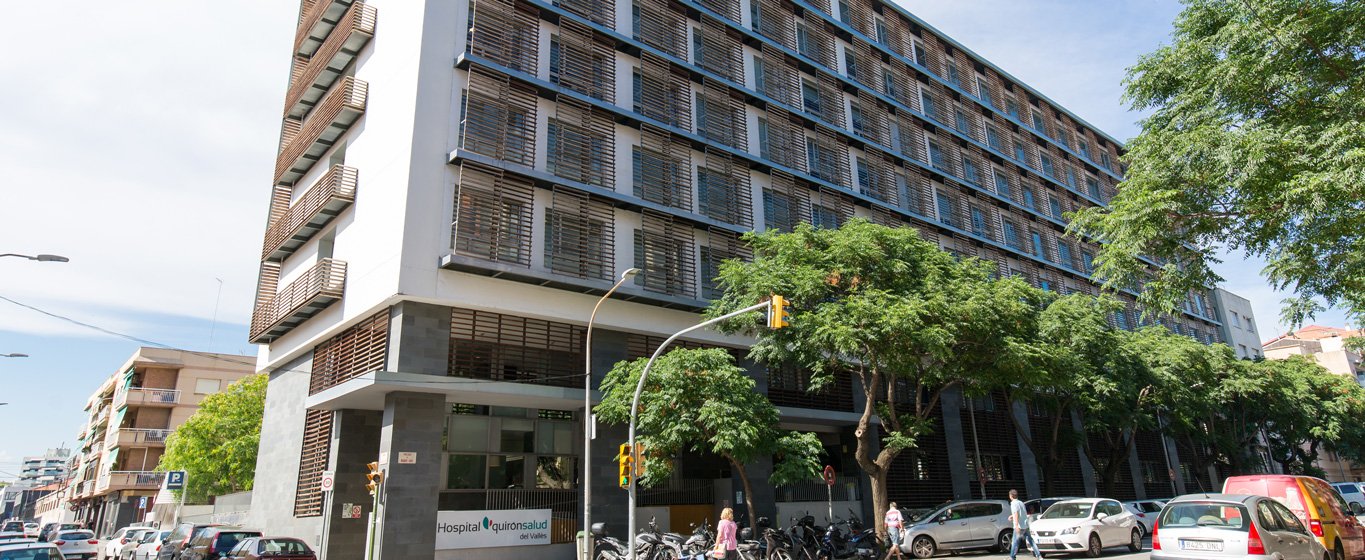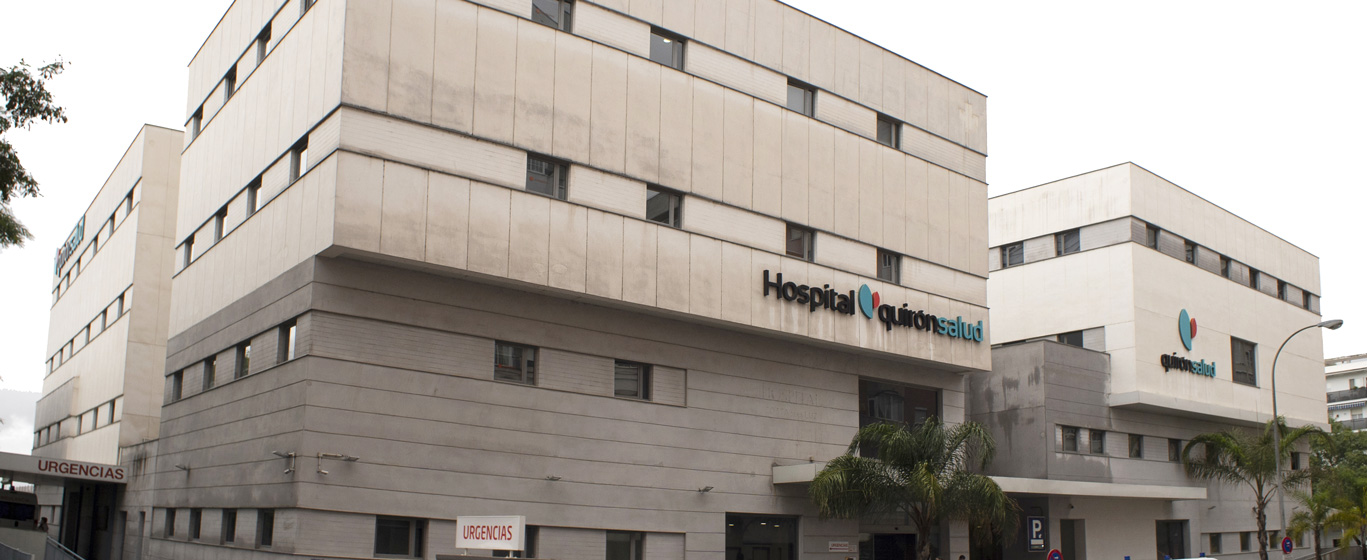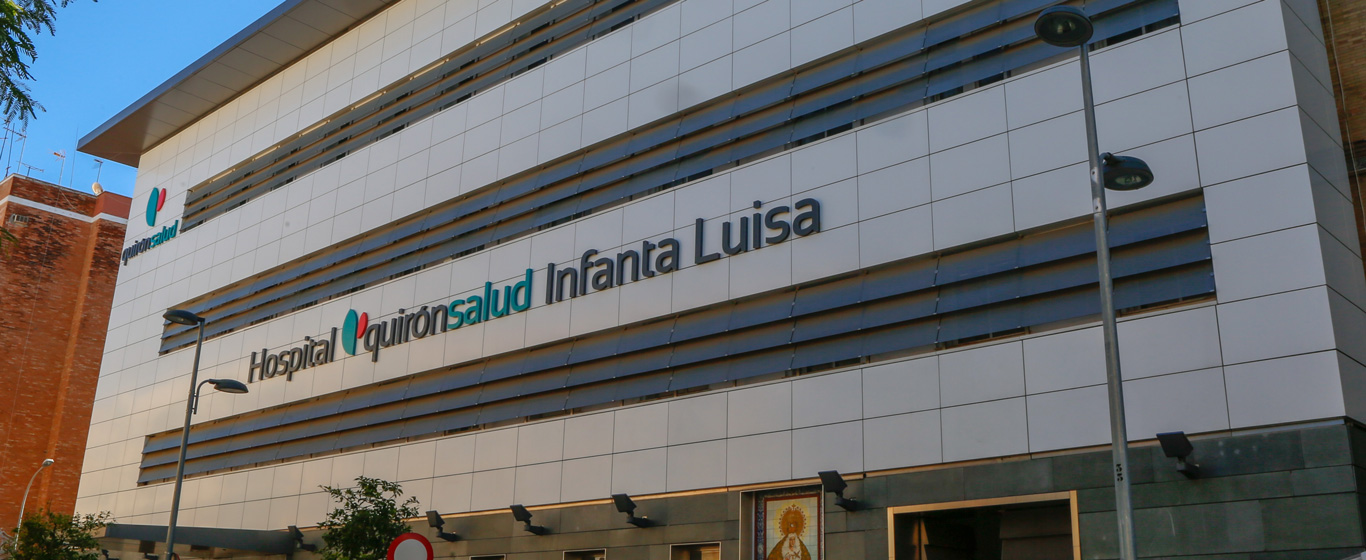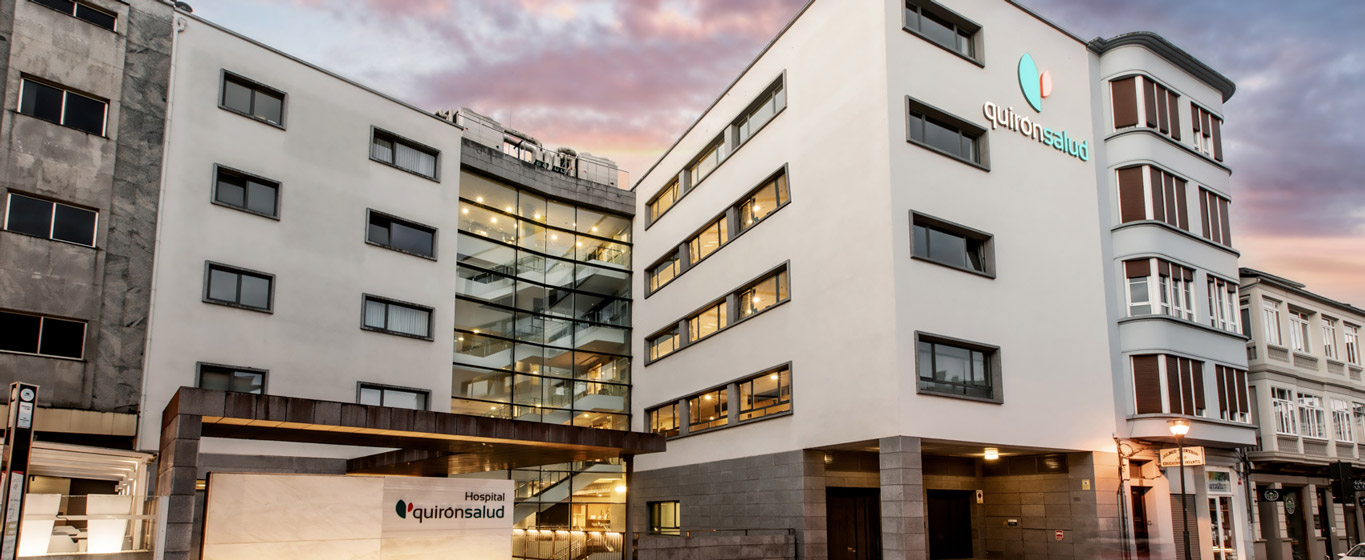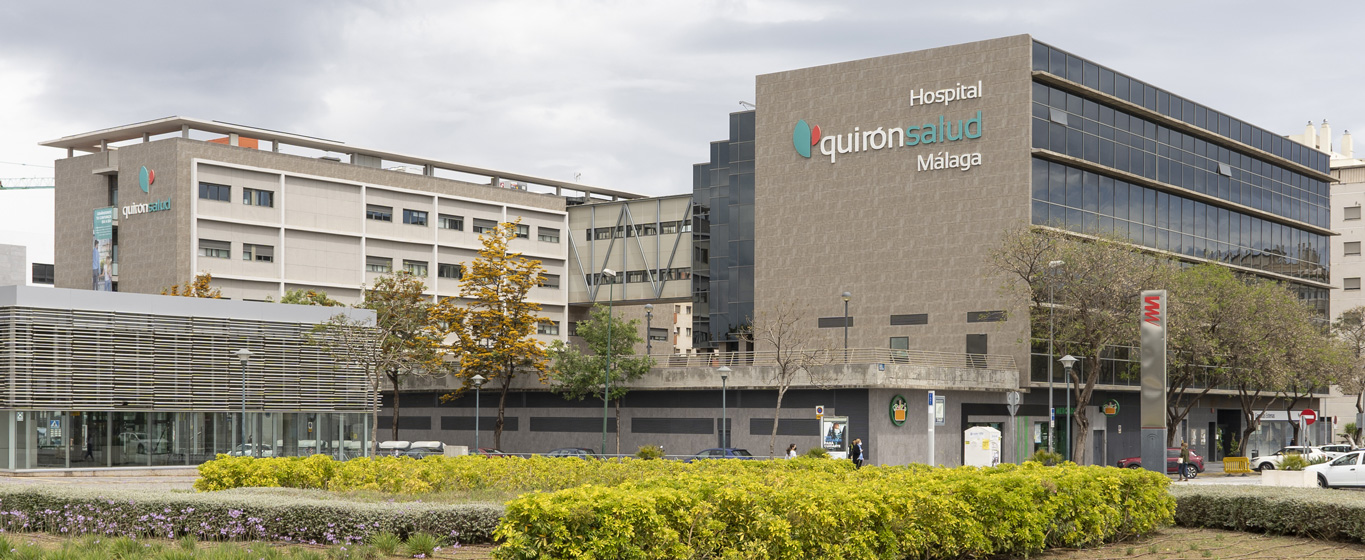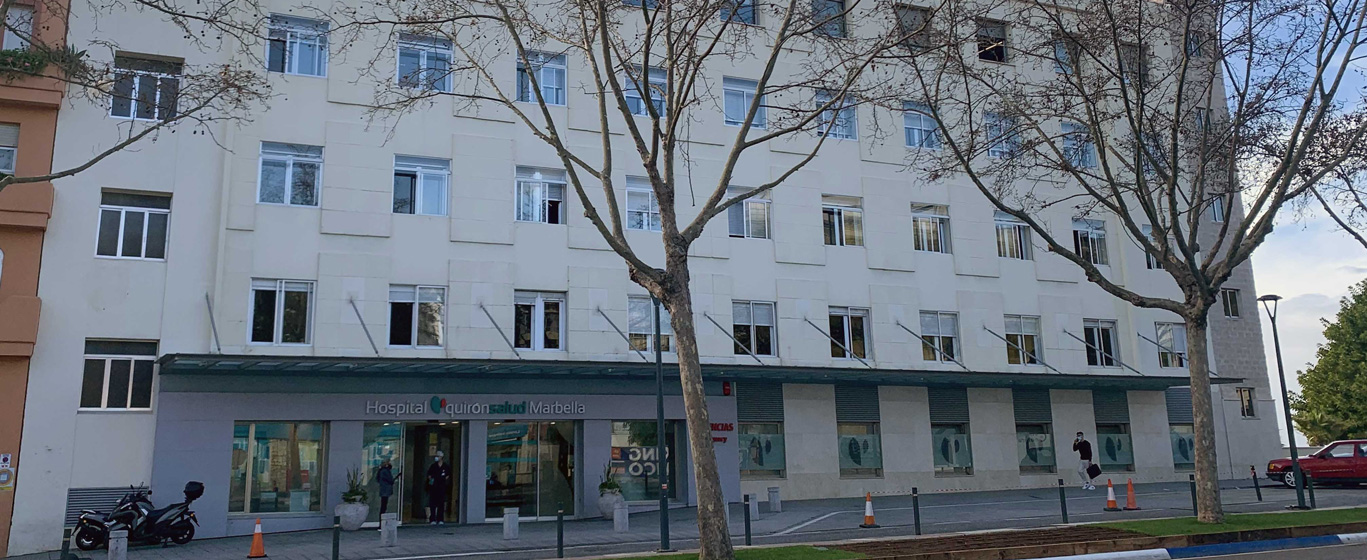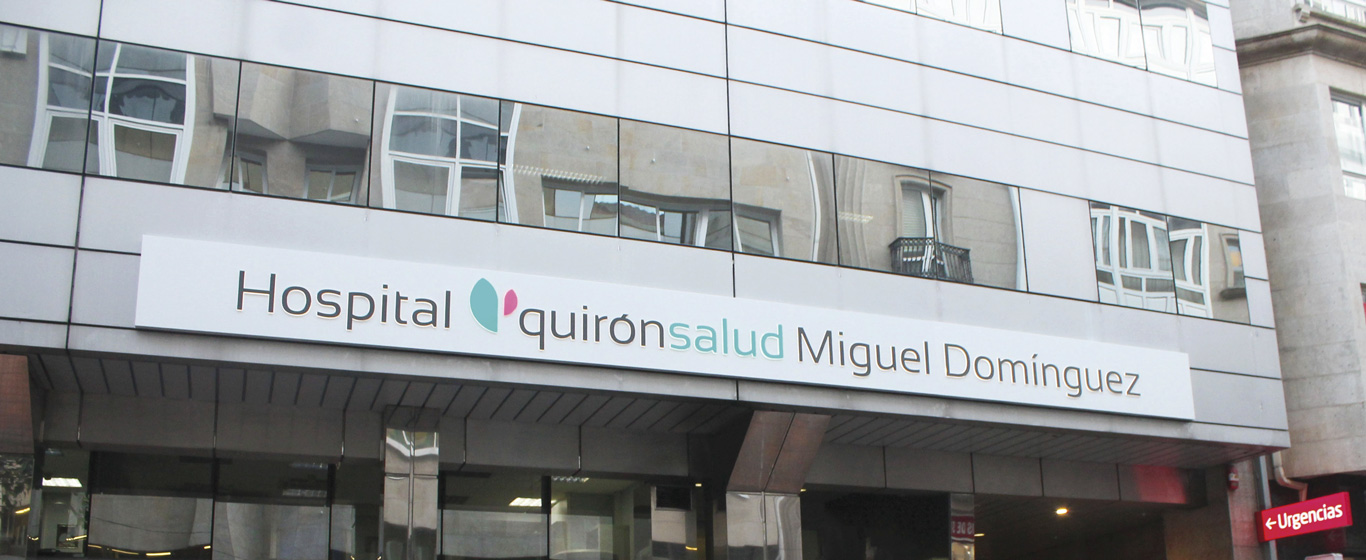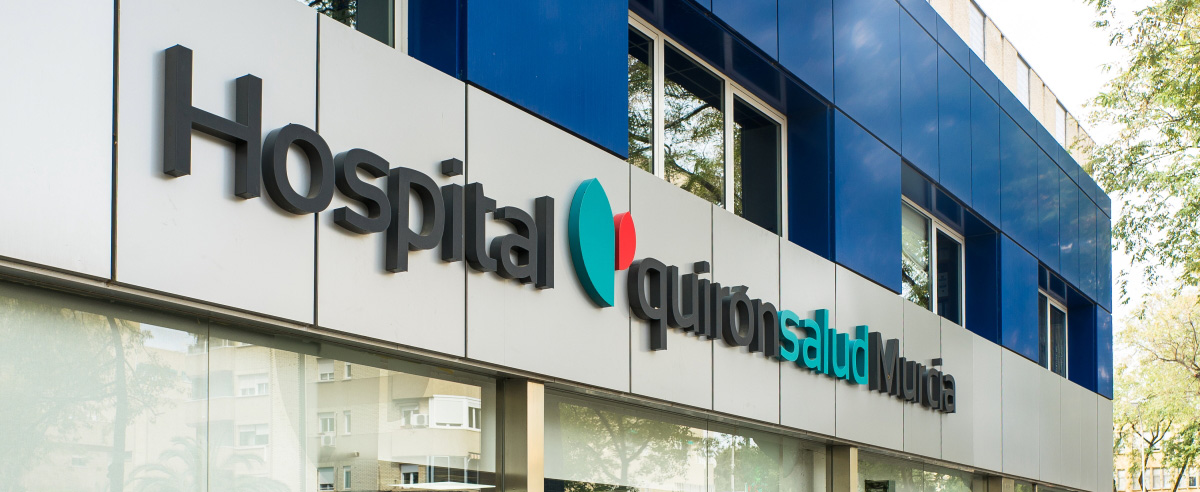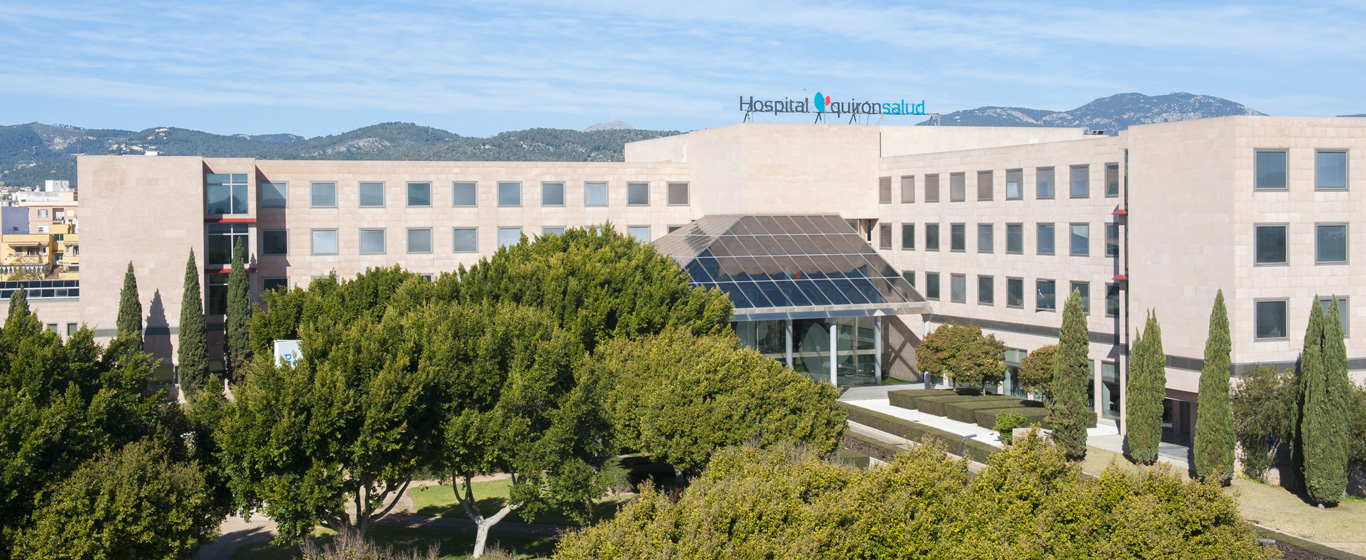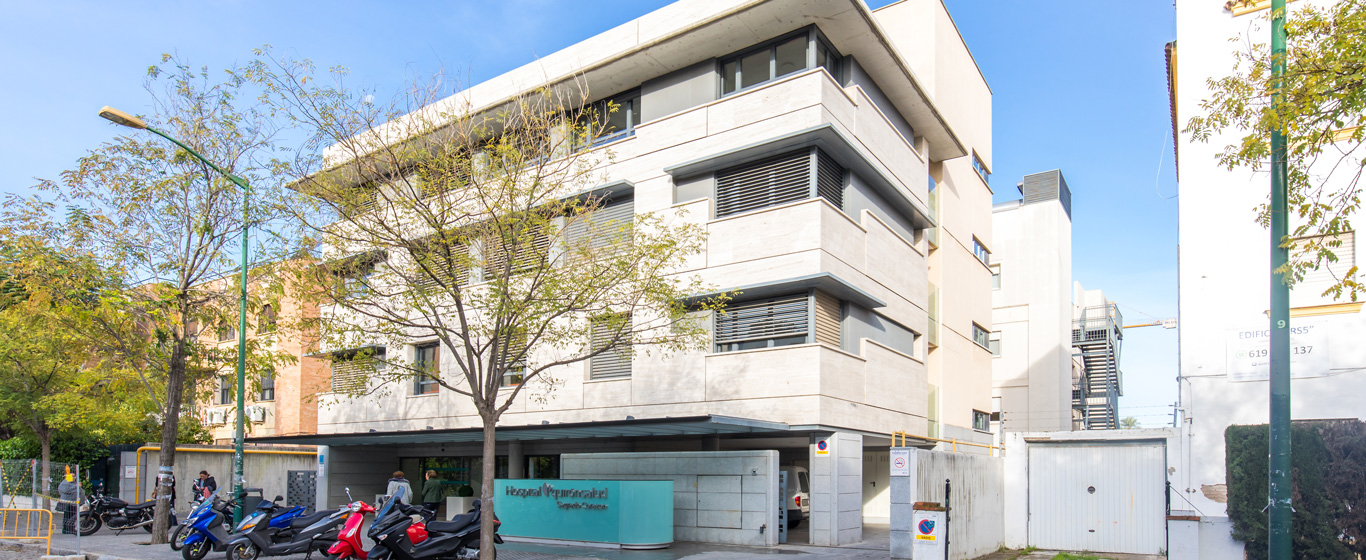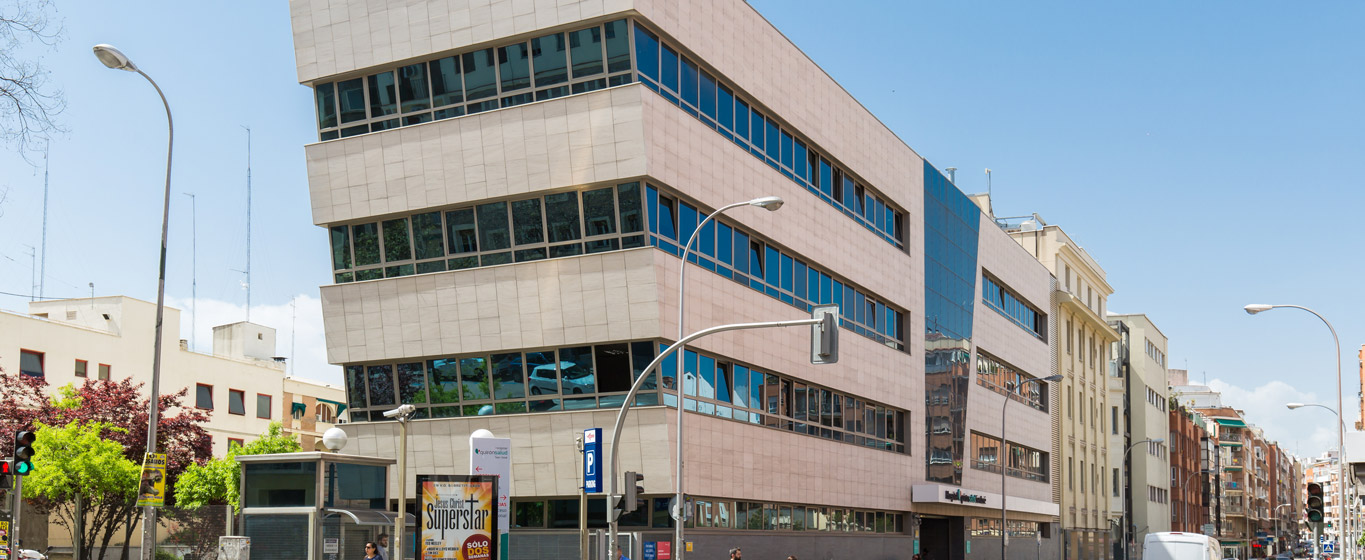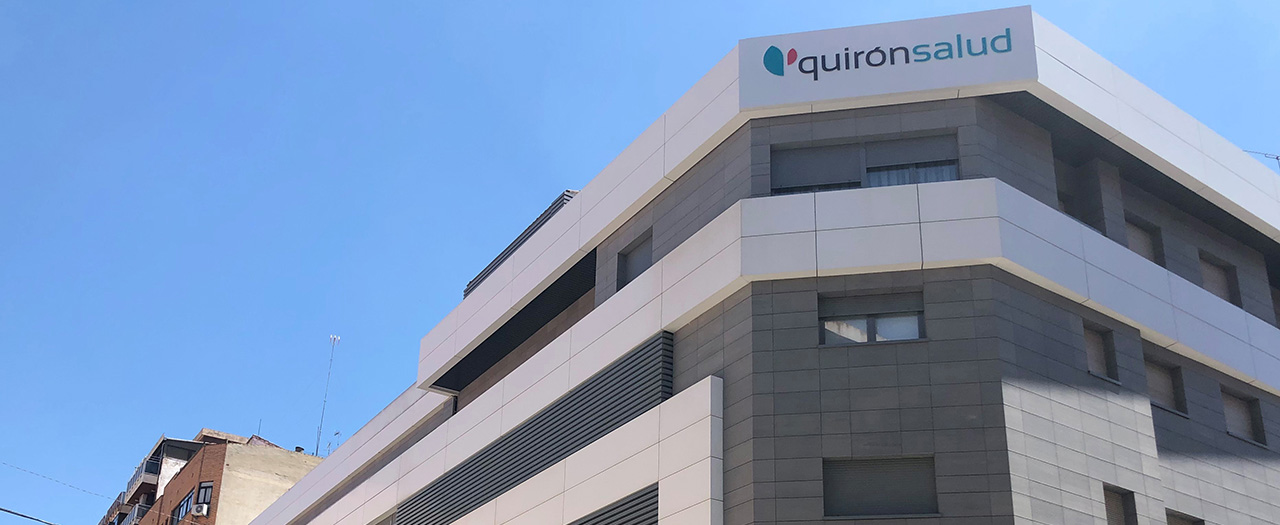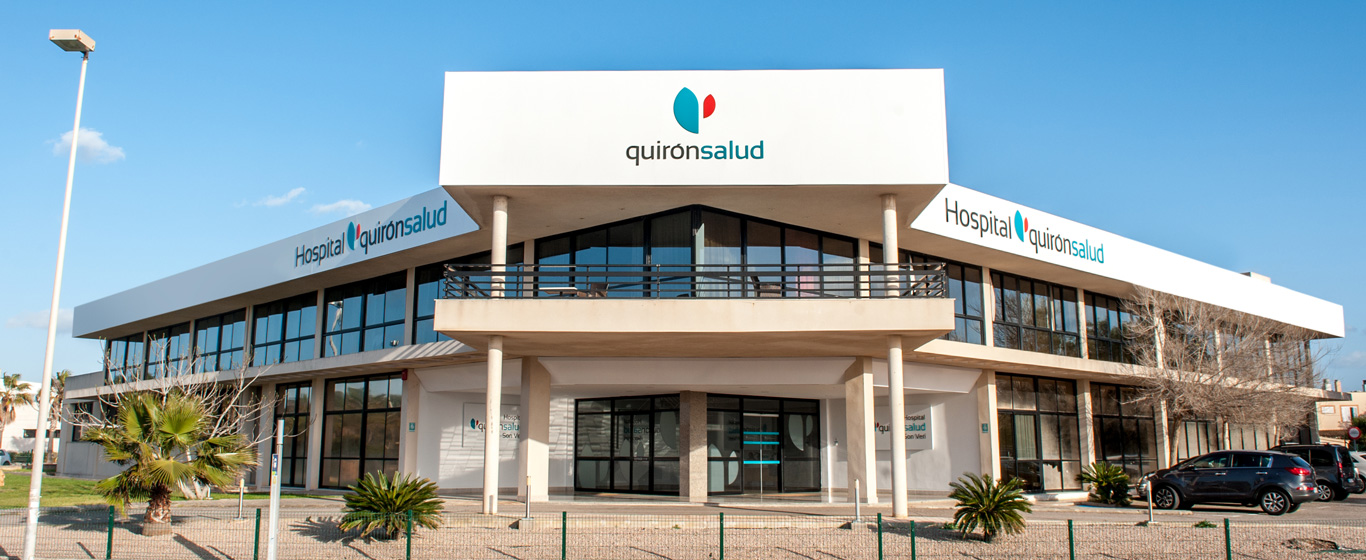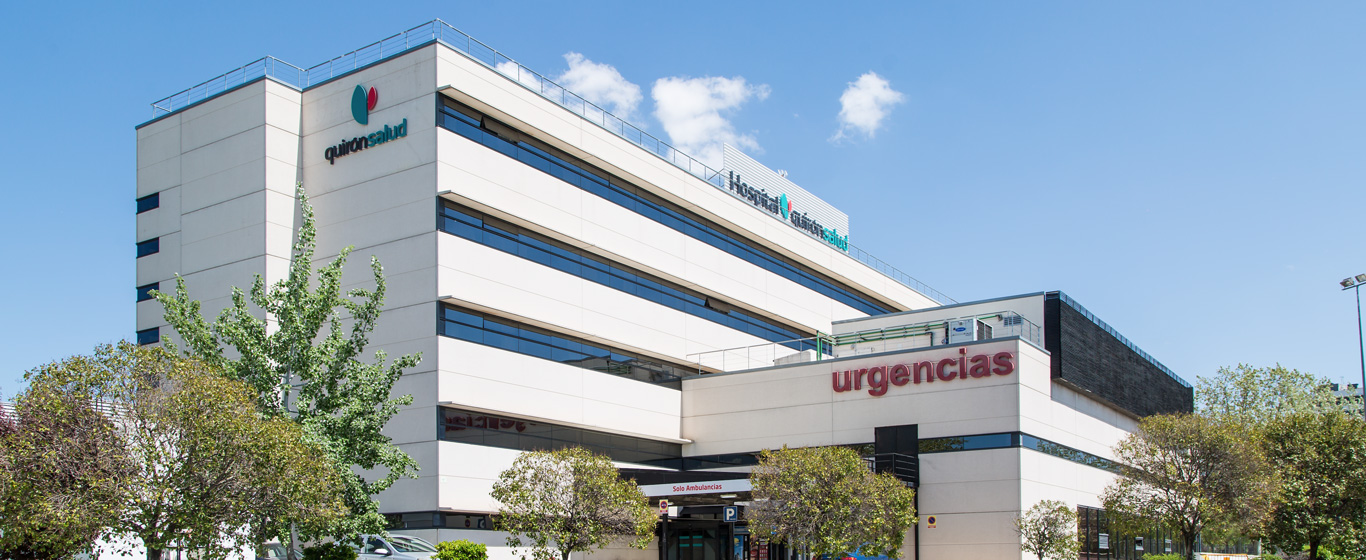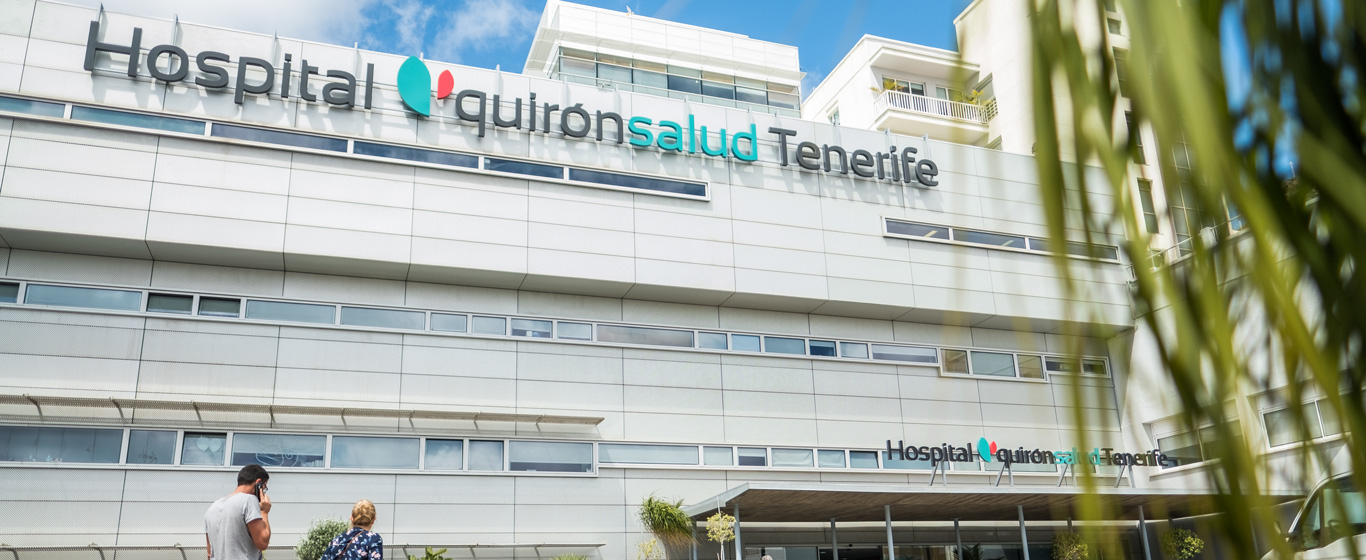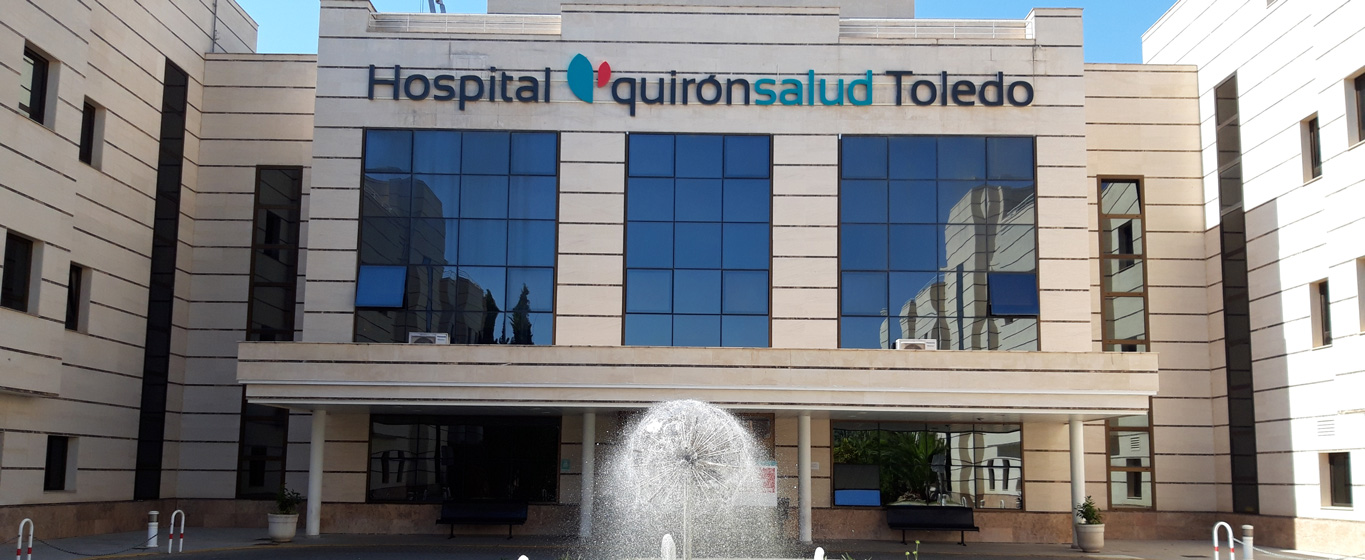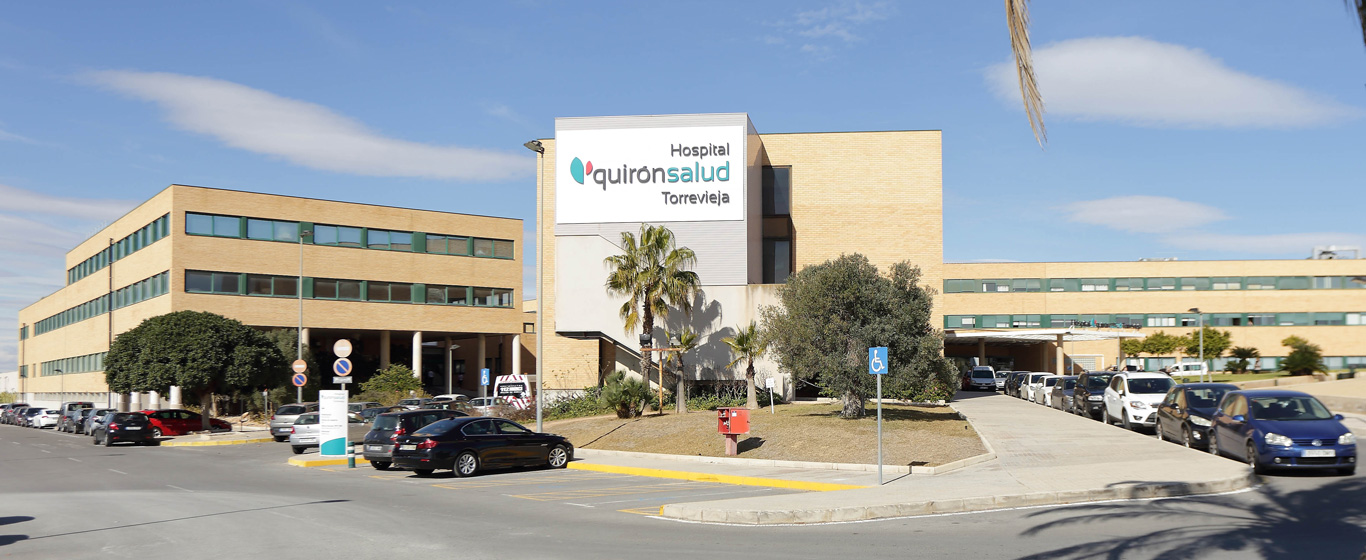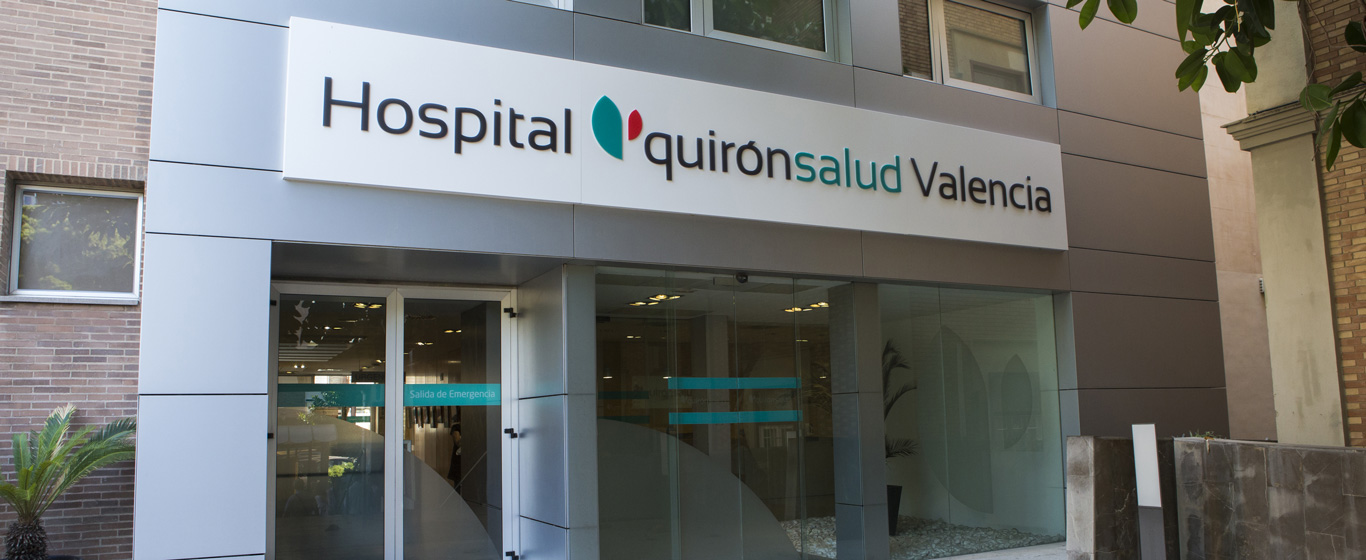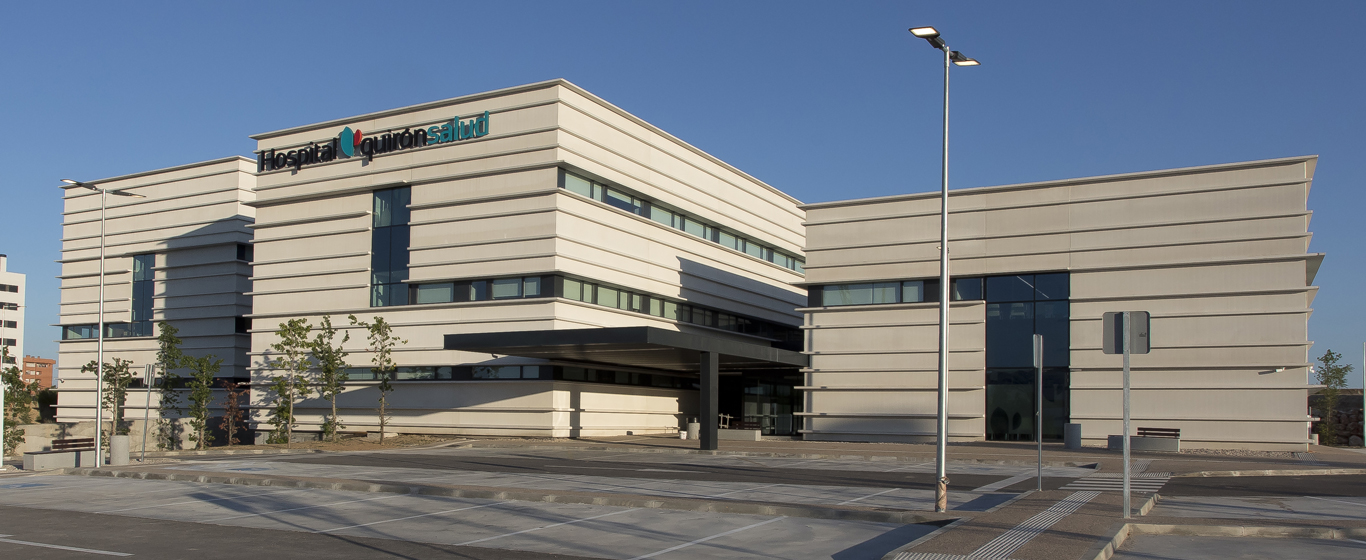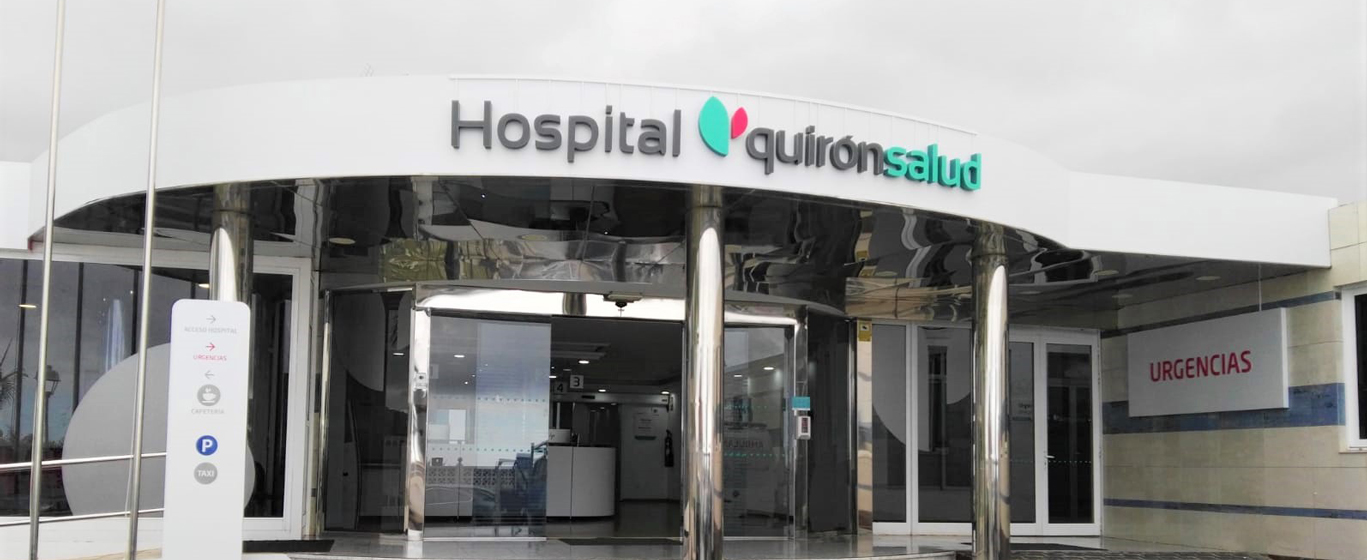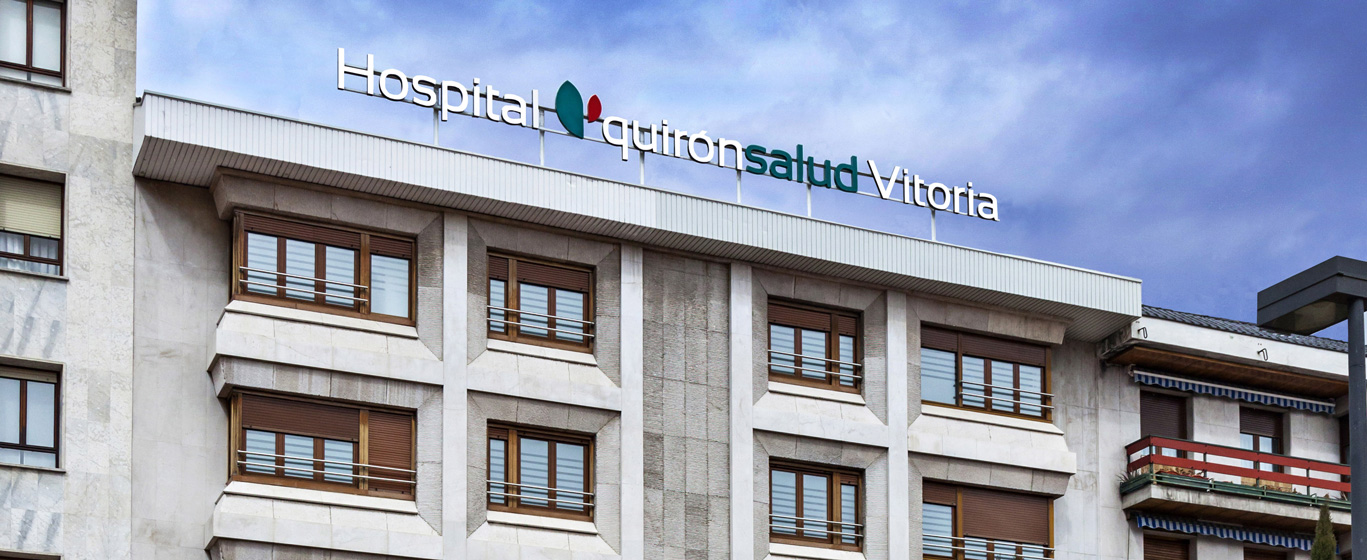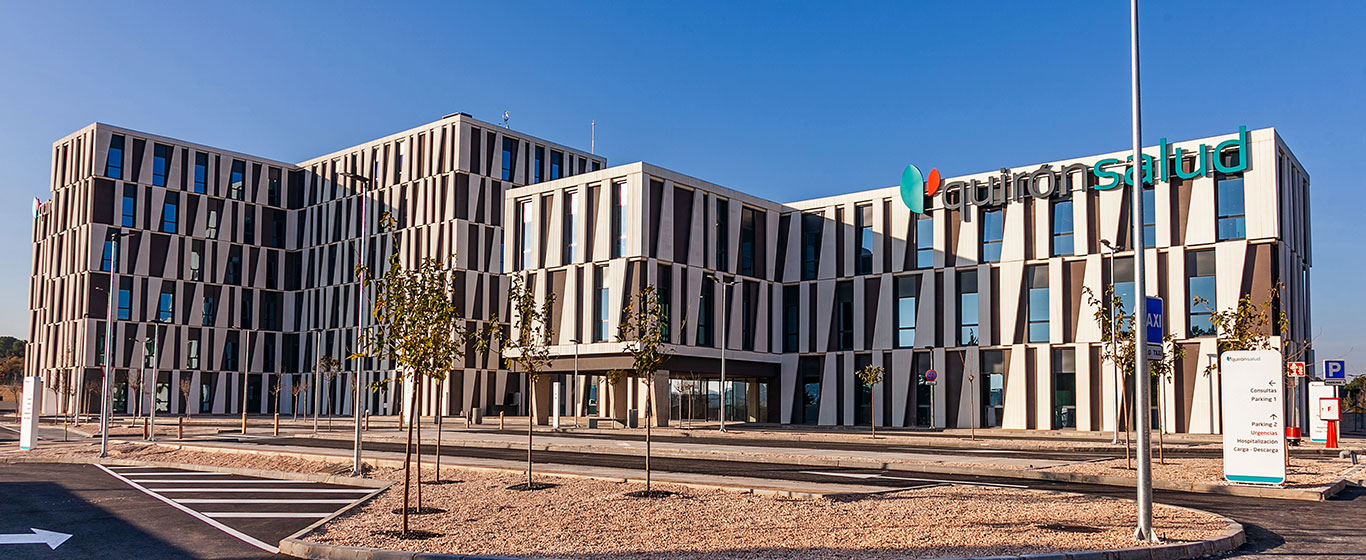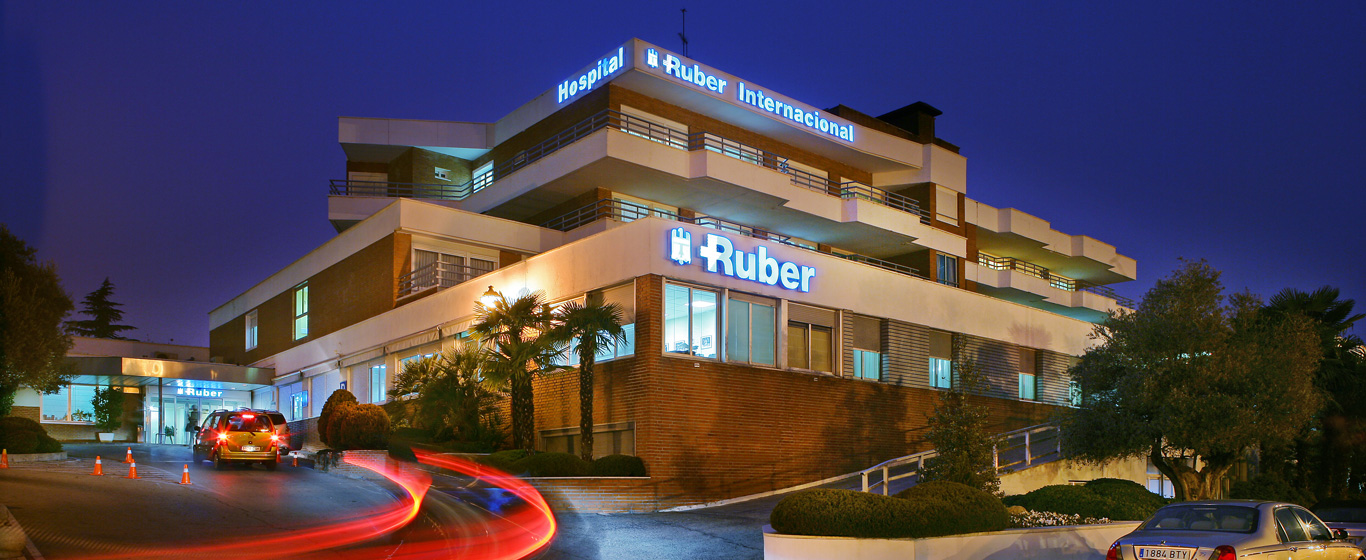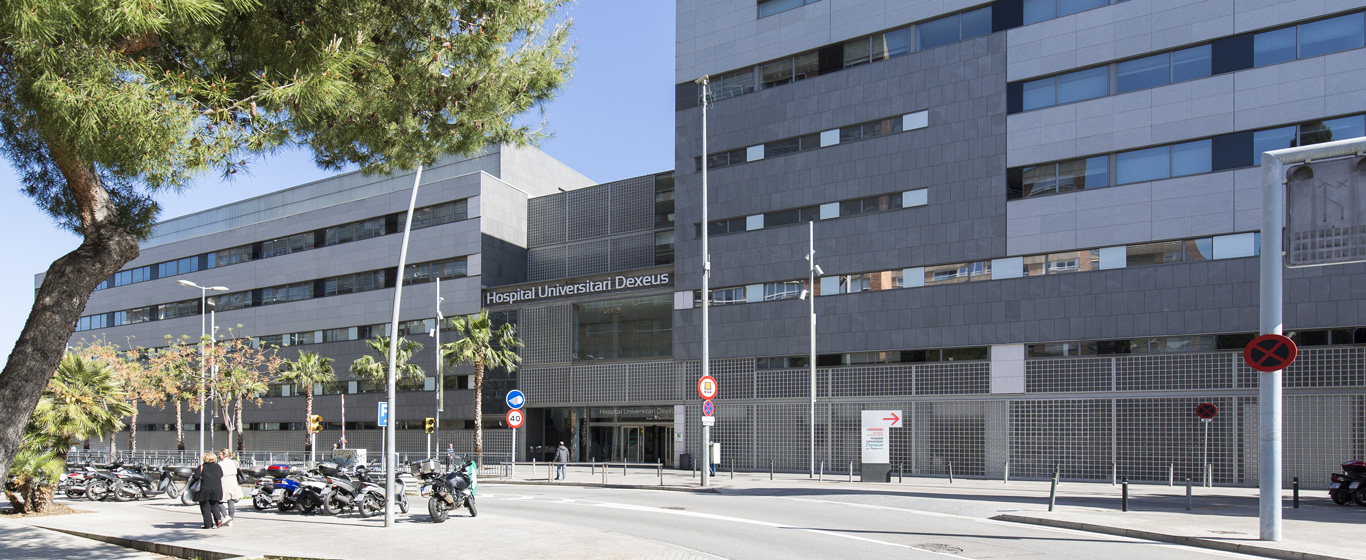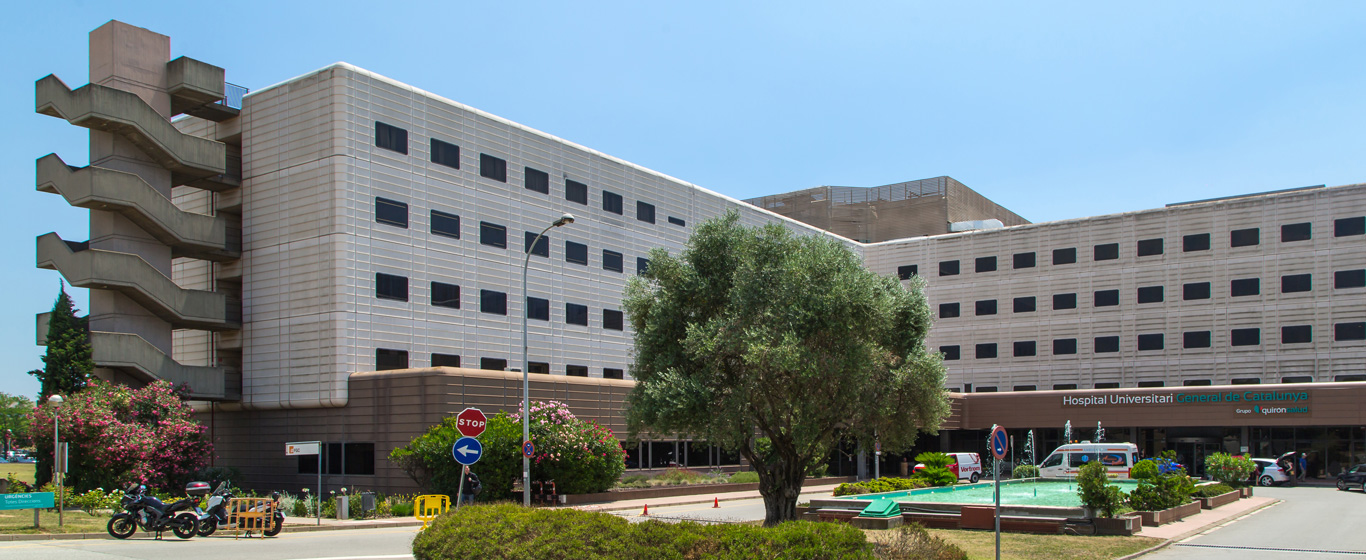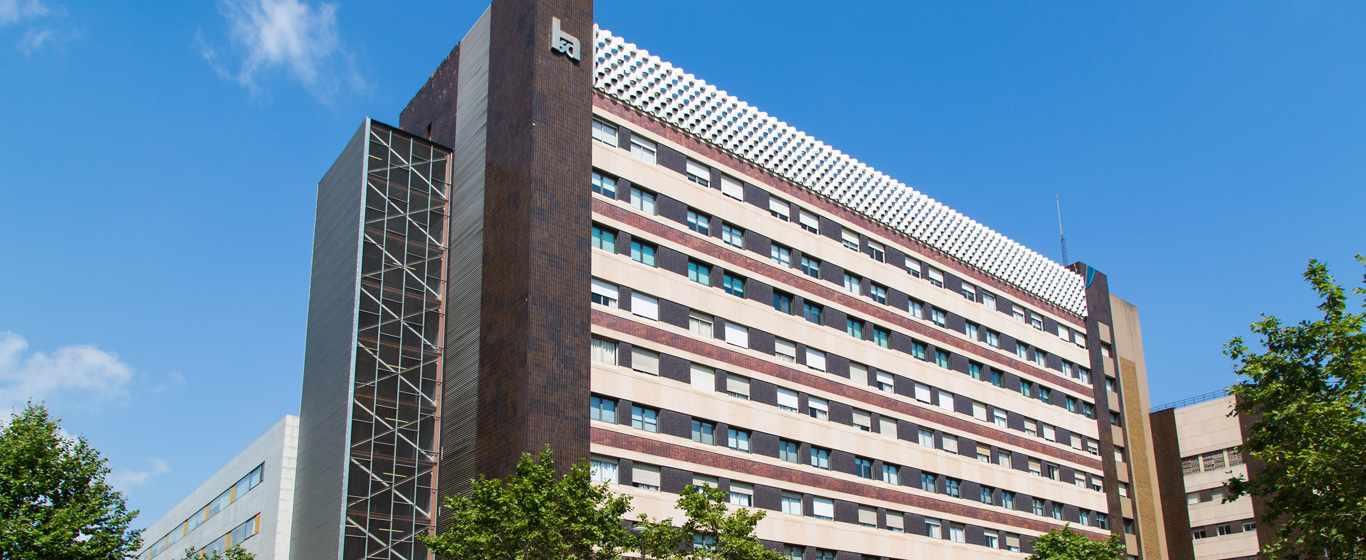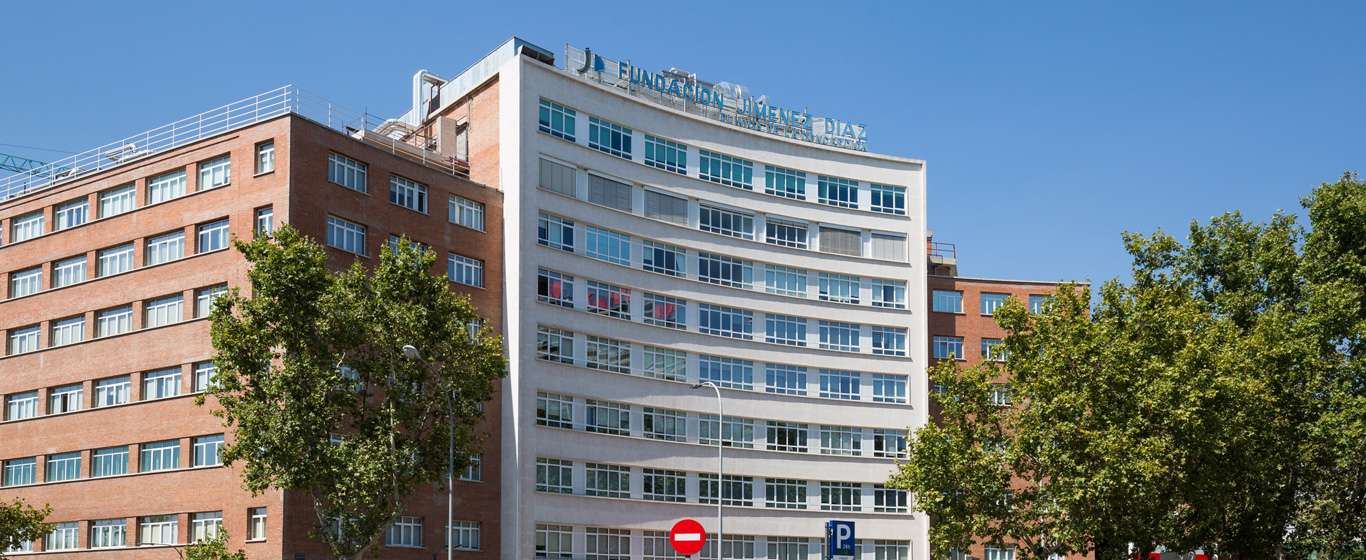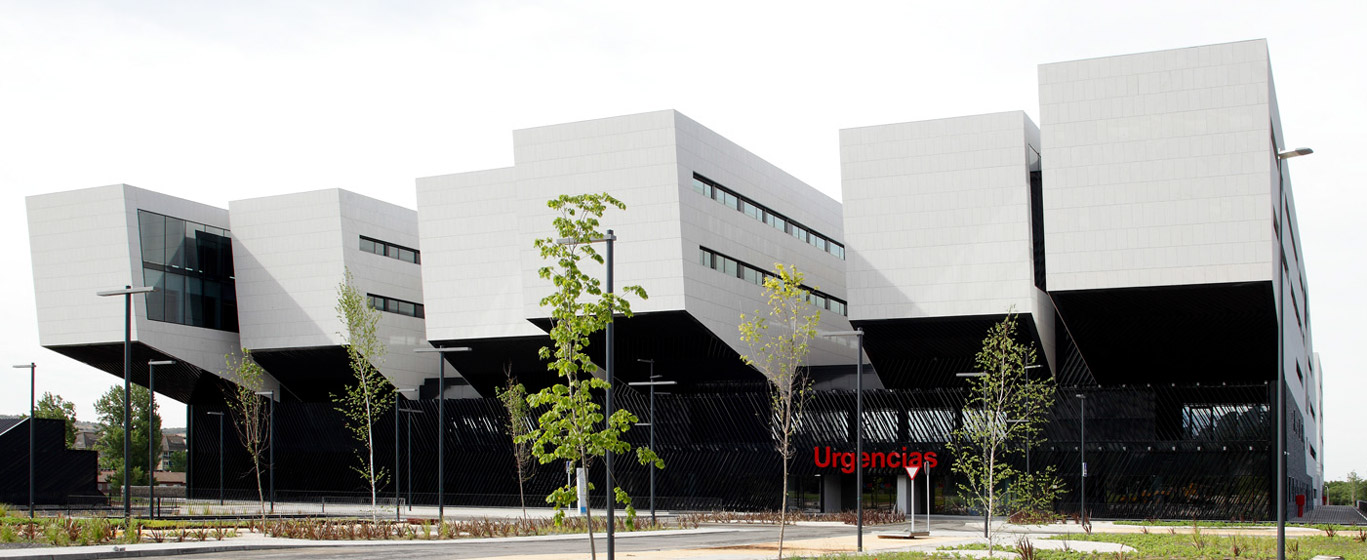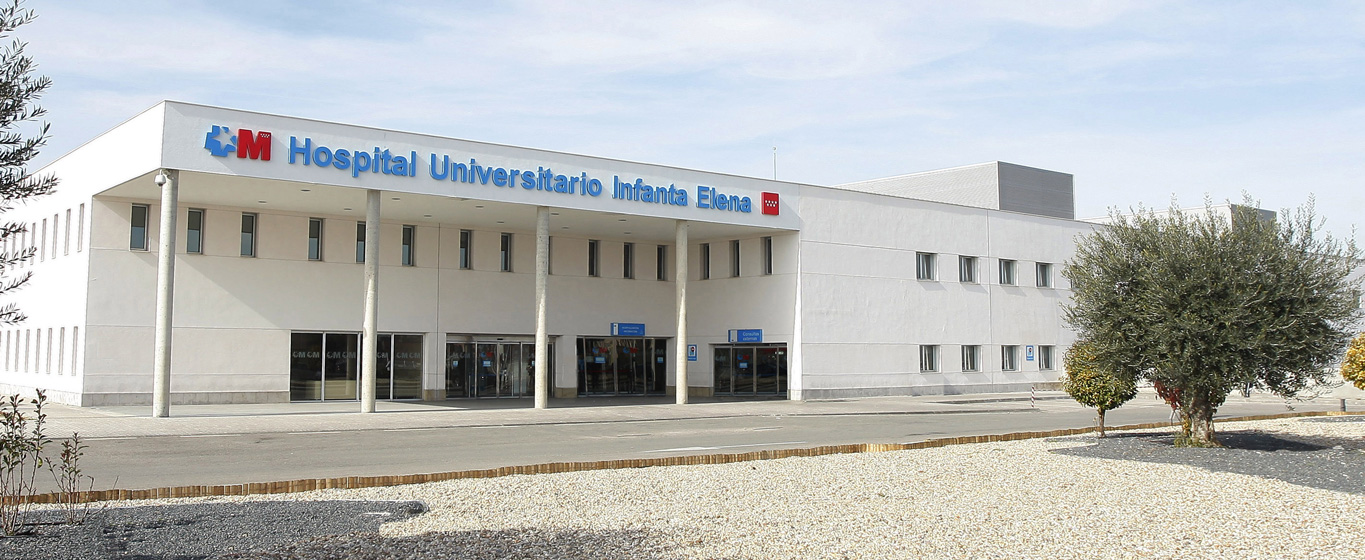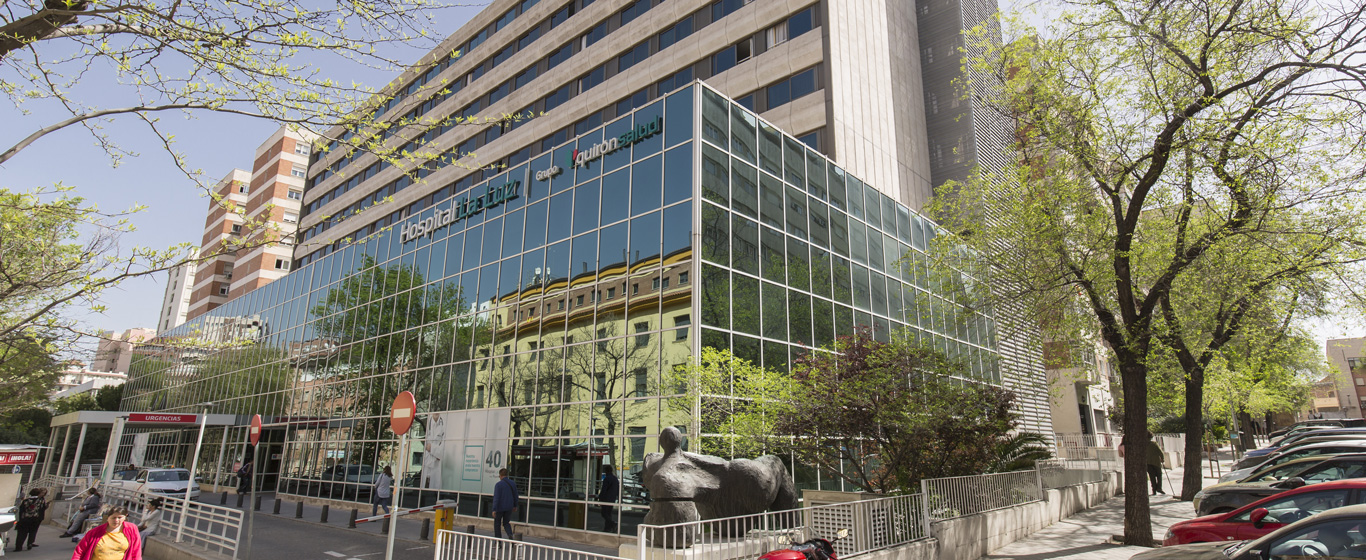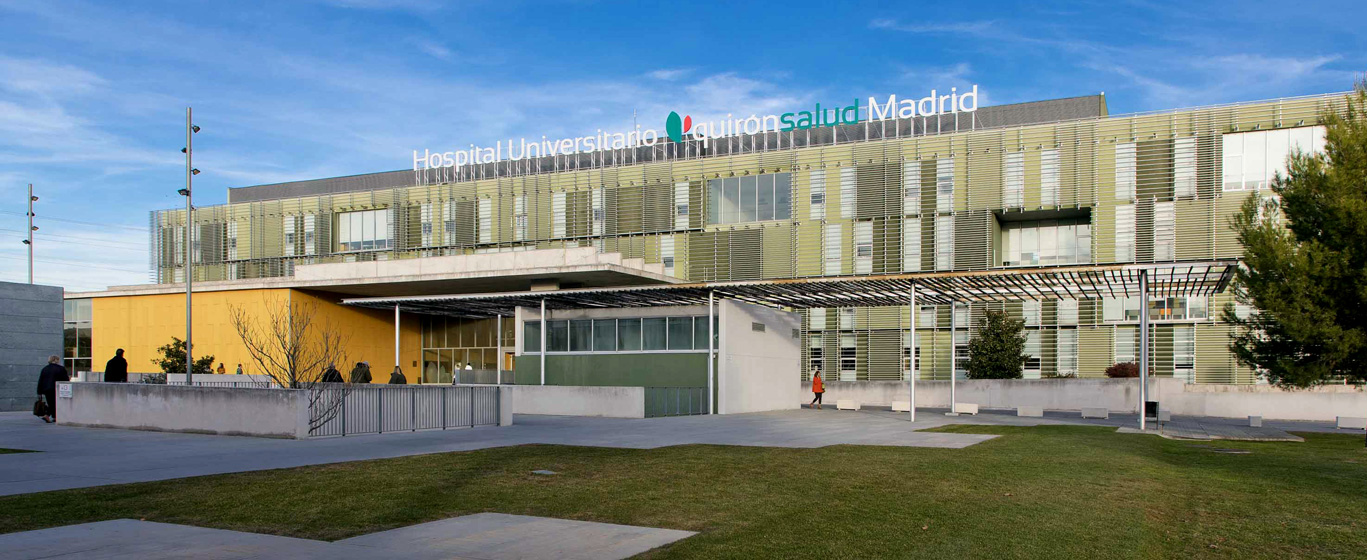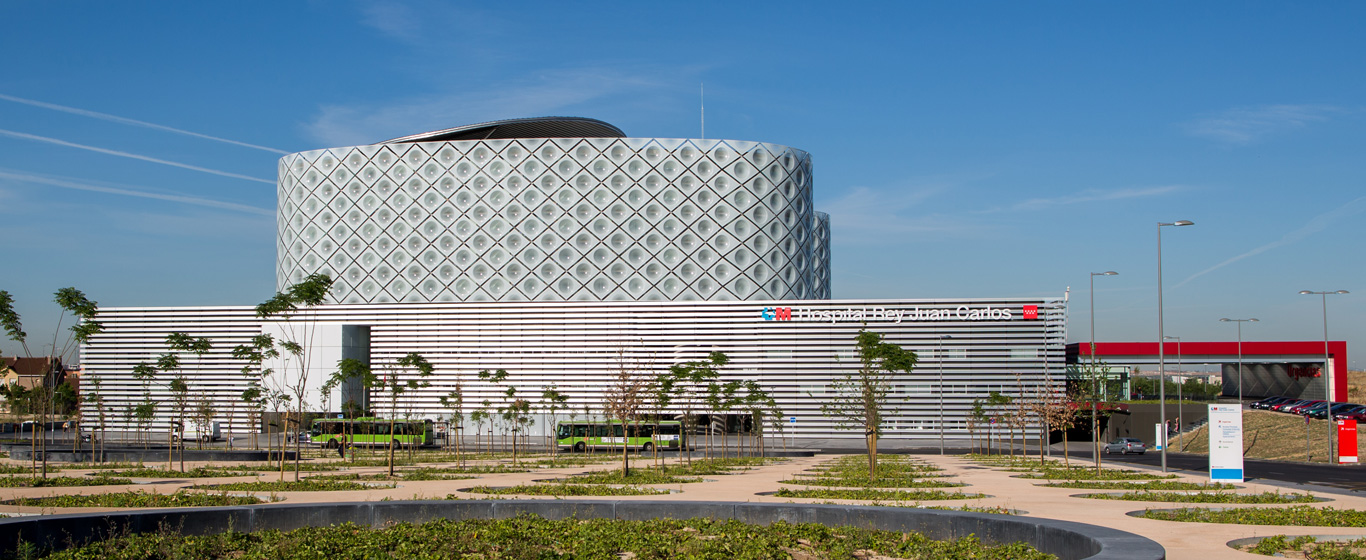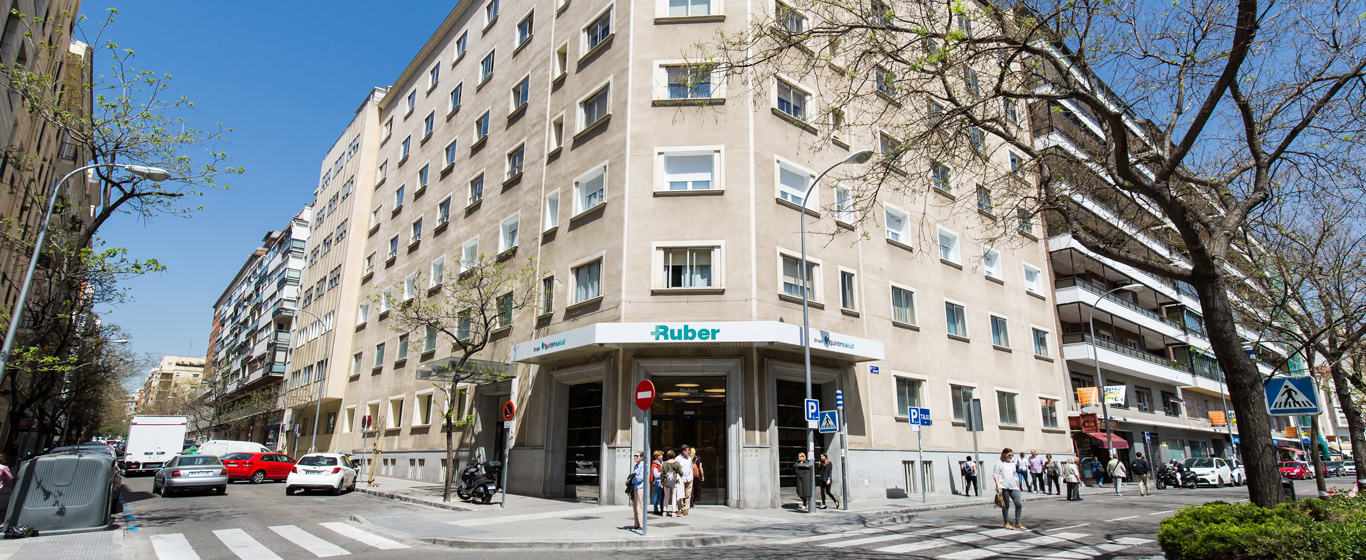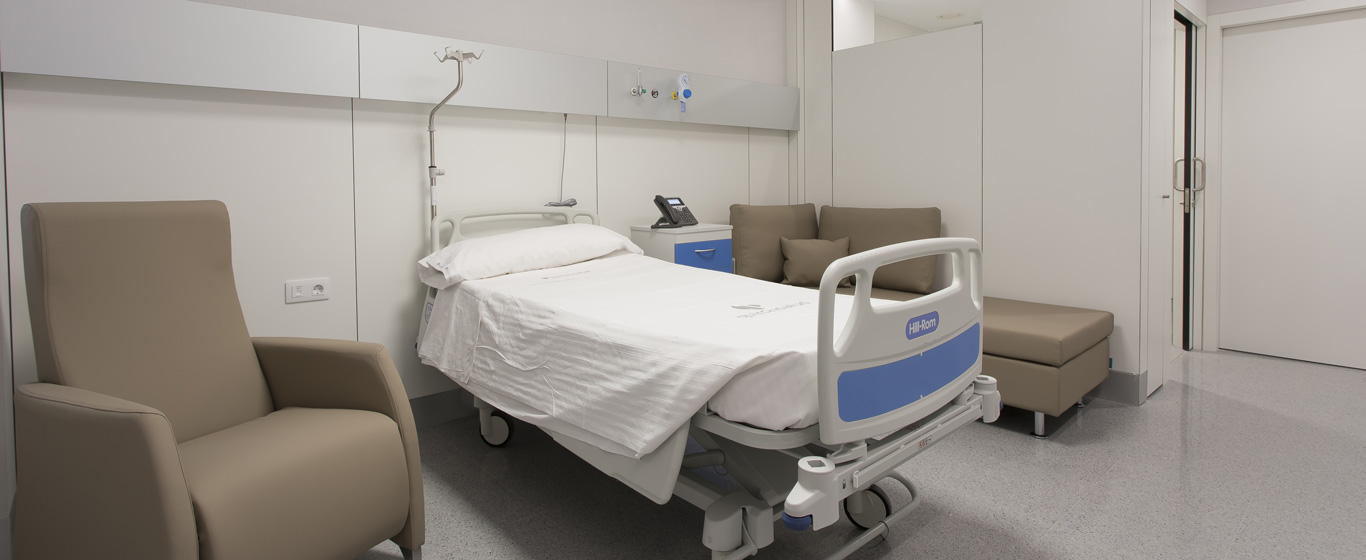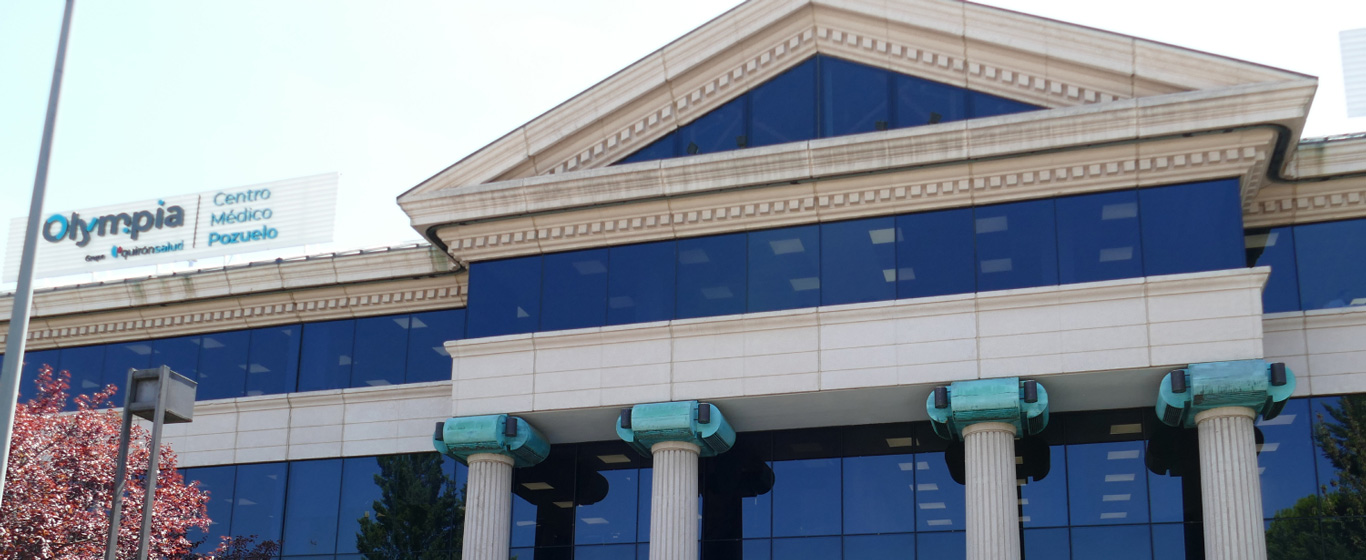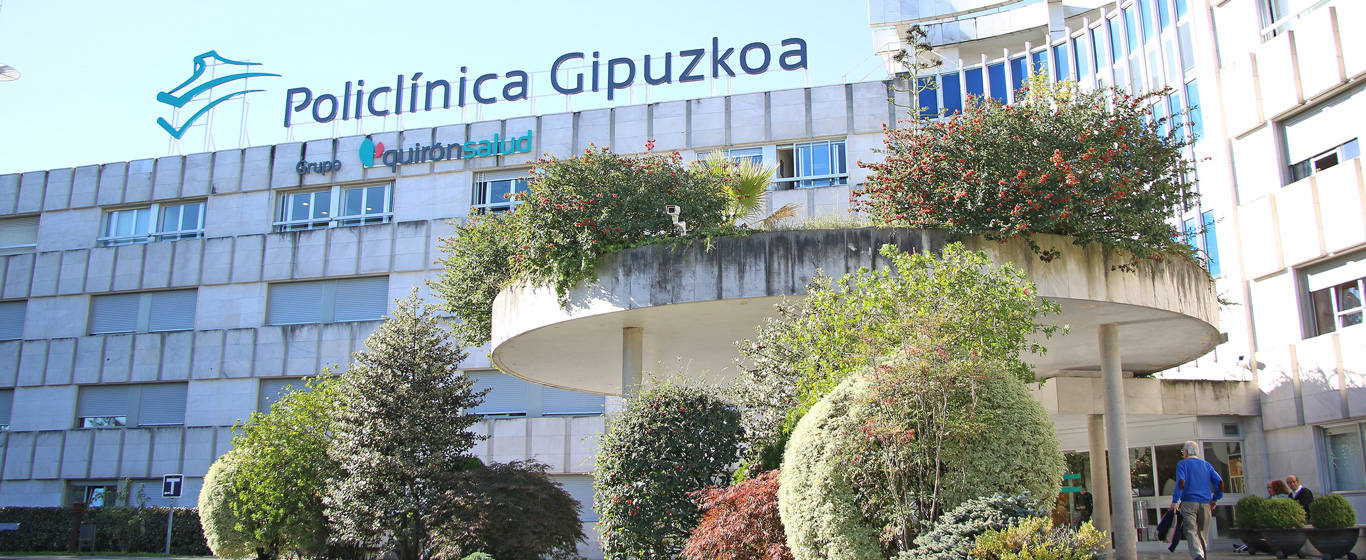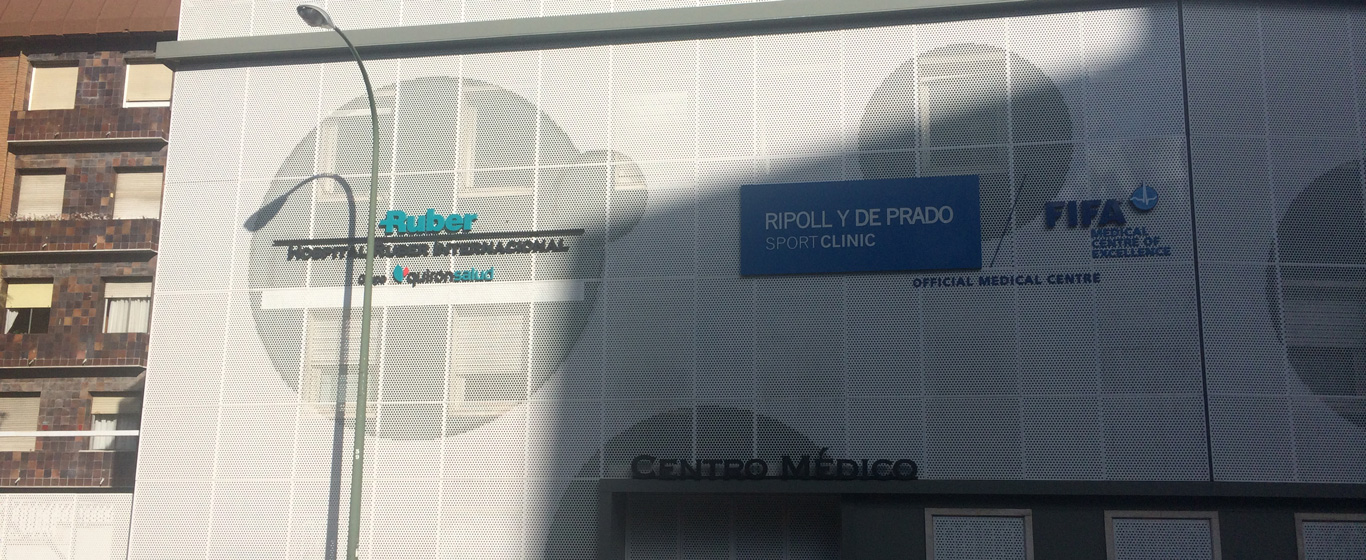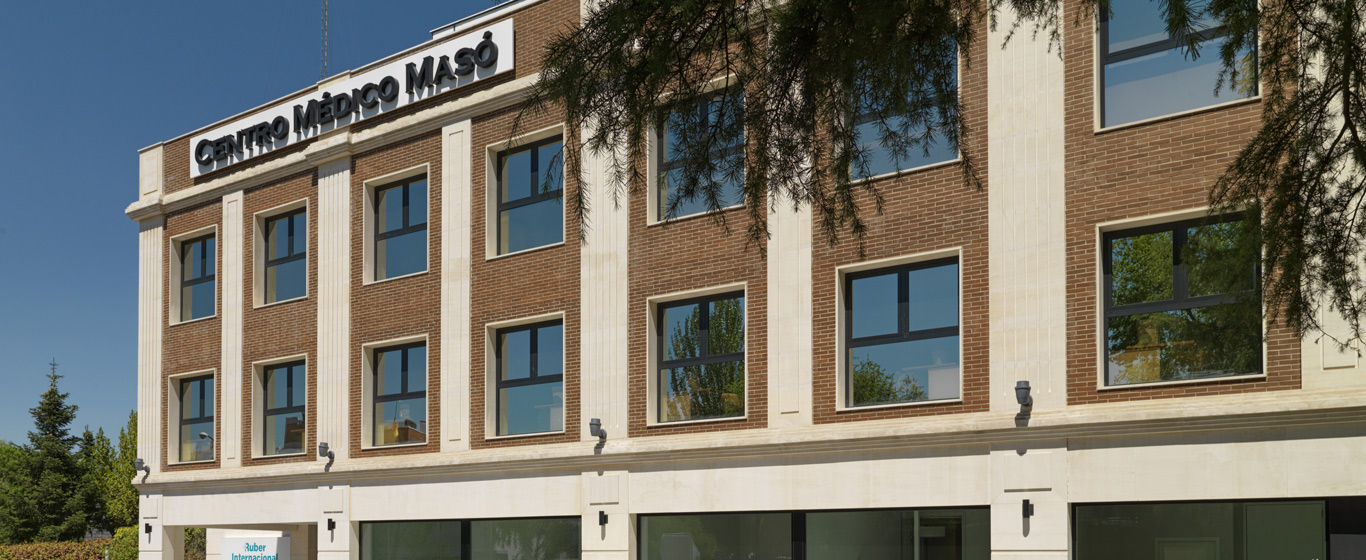Computed Tomography (CT) Scan of the Lungs
A CT scan provides detailed images of the lungs. It is a non-invasive procedure commonly used in lung cancer screening.
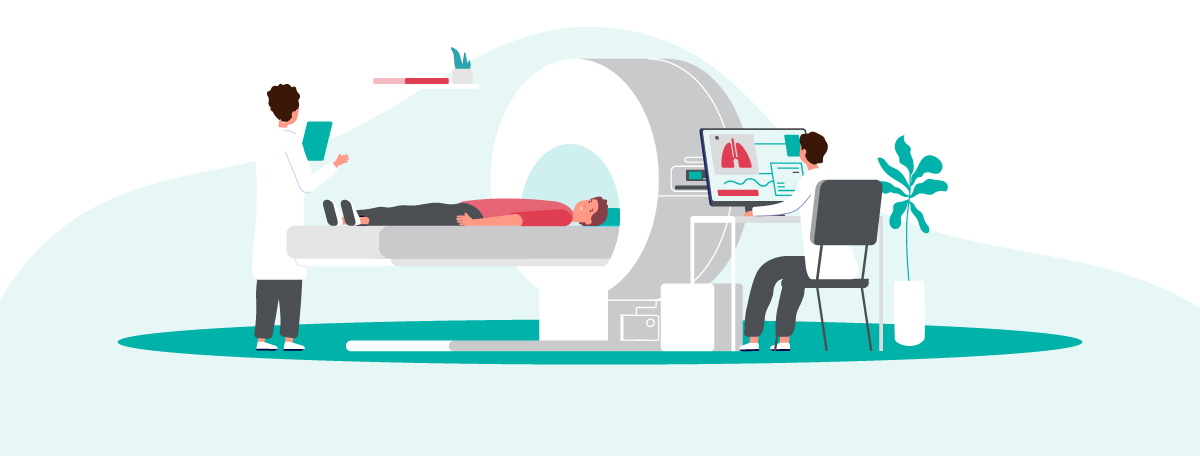
General Description
Computed tomography (CT) of the lungs, also known as lung scanning, is an imaging diagnostic tool primarily used for the early detection of lung cancer. It also aids in diagnosing other pulmonary conditions. The CT angiography (angio-CT) of the pulmonary arteries allows evaluation of blood vessels to detect the presence of clots.
Lung CT images are more detailed than conventional X-rays, as they consist of multiple axial slices that, when combined, provide a three-dimensional view of the internal organs. This enables the detection of very small lesions that might go unnoticed in other tests.
In most cases, lungs are studied as part of a thoracic CT scan that includes surrounding structures. However, the lung-specific CT scan is reserved for patients at higher risk of lung cancer.
When is it indicated?
The primary indication for this specific CT scan is early lung cancer screening. Suitable candidates are selected based on factors such as age (between 55 and 80 years), smoking history (current smokers or those who quit within the last 15 years), and other associated risks (family history, chronic obstructive pulmonary disease, or interstitial lung disease).
This scan is also useful in diagnosing:
- Pneumonia (lung infection causing alveolar inflammation).
- Pulmonary embolism (blood clot obstructing arterial blood flow).
- Bronchiectasis (bronchial dilation causing recurrent infections).
- Pulmonary edema (fluid accumulation in the lungs).
- Tuberculosis (infection caused by Mycobacterium tuberculosis).
- Pulmonary emphysema (chronic disease causing breathing difficulty).
- Pneumoconiosis (lung damage due to prolonged inhalation of dust particles).
- Pulmonary fibrosis (scarring and thickening of alveolar tissue).
- Interstitial lung disease (inflammatory disorders causing lung damage).
- Pulmonary nodules (clusters of abnormal cells).
Pulmonary CT is contraindicated in pregnant and breastfeeding women. Contrast use is discouraged in patients with kidney, heart, or thyroid conditions; alternative tests should be considered in these cases.
How is it performed?
The lung CT scan is performed in radiology departments equipped with radiation protection measures. The procedure steps are:
- The patient lies on their back on a scanning table. If needed, a contrast agent is injected into a vein in the arm to enhance visibility of certain tissues (blood vessels, inflammation, infections, or tumors).
- The table slides into a cylindrical X-ray device.
- Electromagnetic waves pass through tissues, which absorb radiation to varying degrees depending on their nature.
- The device rotates around the patient while the table moves back and forth to capture images from multiple angles.
- The transmitted radiation is converted into images showing tissues in varying shades of gray. Cells that absorb more contrast appear brighter and easier to identify.
- Two-dimensional slices, typically 1 to 10 millimeters thick, are overlapped to create a three-dimensional representation of lung structures.
Risks
Radiation exposure from a lung CT scan can be harmful if excessive. However, doses used in this exam are low enough that occasional scans pose minimal risk. A lung cancer screening CT scan typically uses about 1.5 millisieverts, equivalent to roughly six months of natural background radiation.
Nonetheless, repeated CT scans increase long-term cancer risk.
Rarely, contrast agents may cause mild allergic reactions such as rash and itching.
What to expect during a lung CT
Before entering the scan room, the patient changes into a hospital gown and removes all metallic objects (hearing aids, glasses, dentures).
Contrast injection may cause a slight pinch and a brief intense warmth sensation in the arm, chest, and genital areas, which subsides quickly. A transient rapid heartbeat (tachycardia) may also occur.
The scanner produces some noise as it moves, which is usually not bothersome. The table moves during the scan. The procedure lasts between 10 and 30 minutes, during which the patient must remain as still as possible to ensure clear images.
Radiology specialists monitor the patient from an adjacent room to avoid radiation exposure and communicate through a microphone if needed.
After the scan, patients can immediately resume normal activities.
Specialties requesting lung CT
Radiologists perform lung CT scans and issue reports for evaluation by oncologists and pulmonologists.
How to prepare
No special preparation is needed for a non-contrast lung CT. When contrast is used, fasting for four to six hours before the scan is required.
On the day of the test, patients should wear comfortable, easy-to-remove clothing and avoid metallic items and jewelry. Cosmetics containing metal particles, like some makeup, should also be avoided.




